By Roger R. Jackson
(Editor’s Note: We noticed a few issues back, that in our Calendar section was a class entitled Buddhism and the Beats, at Jewel Heart, the Ann Arbor-based Tibetan Buddhist Center. We reached out to the teacher, Roger Jackson, to write a brief essay for us on the subject.)
Alas this life I can’t be kind and persuasive
Slip the Twelve-part chain off hundreds of shackled housewives
Present the Eight-fold path like the Ultimate Meaning
At all the gas stations in Samsara.
But, oh, my lamas, I want to
how I want to!
Just to see your old eyes shine in this Kaliyuga
stars going out around us like birthday candles
your Empty Clear Luminous and Unobstructed
Rainbow Bodies
swimming in and through us all like transparent fish.
Diane di Prima, “I Fail as a Dharma Teacher”
Buddhists comprise only around 1% of the U.S. population, yet Buddhism has exercised a disproportionate influence on American culture, especially since the end of World War II. Buddhist images, whether of Shakyamuni or Tibetan mandalas, seem ubiquitous. Buddhist-based mindfulness practices are taught in countless American institutions, from prisons, to schools, to hospitals. And influential cultural figures, including actor Richard Gere, composer Philip Glass, and poet Jane Hirshfield, speak openly of their Buddhist practice.
This is due partly to the longstanding presence of Chinese and Japanese Buddhists in the U.S., as well as the influence of more recent immigrants from Buddhist lands in southeast Asia. However, equally, if not more, significant are the continuing echoes of a turn toward Buddhism, in the 1950s and 1960s, by writers who were part of the so-called “Beat Generation.”
The term “Beat” can refer to being downtrodden, or to a musical beat, as in Bebop jazz, or to a spiritual beatitude that many figures in the post-World War II American avant-garde sought to attain through radical experiments with consciousness-expansion, free-form sexual arrangements, resistance to mainstream politics, and a turn toward self-knowledge—all of which was expressed in “spontaneous,” often free-form prose, poetry, and performance that defied convention and pushed the boundaries of life, art, and religion.
The Beat movement originated in New York City in the late 1940s, amidst a circle of young, disaffected writers, that came to include William Burroughs, Jack Kerouac, Allen Ginsberg, and Diane di Prima. In the early 1950s, they forged connections with like-minded writers in San Francisco, such as Philip Whalen, Gary Snyder, and Michael McClure. In their pursuit of self-knowledge, many Beats came to focus on Buddhism—particularly the Great Vehicle, or Mahayana, versions dominant in East Asia and Tibet, with their promise of buddhahood for all beings and exhortation to follow the path of the compassionate, insightful bodhisattva in order to gain enlightenment.
In the 1950s, however, resources in America for the study of Buddhism were few: a handful of books that translated or explained classic Buddhist texts, the occasional big-city meditation or study center, and almost no qualified teachers. Nevertheless, various Beats delved into the Dharma as best they could, attempting to incorporate it into their lives and thoughts, and expressing their experiences and ideas in their writings. Here, we can only touch on three key figures.
Jack Kerouac (1922–69) was born and buried a Roman Catholic in Lowell, Massachusetts, but began an intensive period of Buddhist study and practice in the early 1950s, based almost entirely in his reading of classic texts in translation. He rejected Zen as “mean,” and identified himself with Buddhism’s early, ascetic traditions but also with the deep wisdom and universal benevolence of the Mahayana. He never had a proper Buddhist teacher and probably never truly left his Catholicism behind. Still, he produced important works expressing his often perceptive reading of the Dharma. These included the 244 poetic “choruses” of Mexico City Blues; the novel, The Dharma Bums; his own “sutra,” The Scripture of the Golden Eternity; and a huge compendium of quotations, stories, poems, and journal entries, published posthumously as Some of the Dharma.
In the 239th Chorus of Mexico City Blues, Kerouac fuses his interest in Buddhism with an idealized image of the spontaneous Bop outpourings of one of the great jazz saxophonists of the era, proclaiming,
Charley Parker Looked like Buddha….
And his expression on his face
Was as calm, beautiful and profound
As the image of the Buddha
Represented in the East, the lidded eyes,
The expression that says “All is well.”
In The Dharma Bums, Kerouac teaches his hiking companion, Japhy Ryder (modeled on Gary Snyder), the following prayer, which seems apposite in any age: “[Name of any particular person]: equally empty, equally to be loved, equally a coming Buddha.”
Gary Snyder (1930–) began his exploration of Buddhism around the same time as Kerouac at Reed College in Oregon. He studied Chinese in graduate school, producing his own versions of Han Shan’s Cold Mountain Poems. In 1956 he set sail for Japan where he lived off and on for almost fifteen years studying Rinzai Zen at several temples in Kyoto. He returned to the U.S. to live in 1969, settling in the foothills of the Sierras where he wrote poetry and essays. He became an influential environmentalist speaking of his deep appreciation for primal and Asian cultures, the mountains, trees, and rivers of the American west, and the vastness of geologic time. Buddhism is prominent throughout his work, especially in the essays of Earth House Hold and his many collections of poetry, most notably Mountains and Rivers without End, which he described as “a sort of sutra.”
In one humorous text, the “Smokey the Bear Sutra,” Snyder shows his environmental concerns in a Buddhist guise by imagining Smokey the Bear as a manifestation of the Buddha: “Wrathful but Calm, Austere but Comic, Smokey the Bear will Illuminate those who will help him; but for those who would hinder or slander him, HE WILL PUT THEM OUT.” Elsewhere, in “Avocado,” he likens the Dharma to a familiar fruit:
Some parts so ripe you can’t believe it….
And other parts hard and green,
Without much flavor….
…The great big round seed
In the middle,
Is your own Original Nature –
Pure and smooth….
Allen Ginsberg (1926–97), who spent most of his life in New York City, was in some sense the “glue” that held the Beats together: with his seminal poem, “Howl,” he became their first public hero, and he remained their greatest proponent throughout his life. He was interested in both Hindu and Buddhist traditions, but after a chance meeting with Chögyam Trungpa Rinpoche in 1970, he became his disciple, focusing on Tibetan Buddhist practice and helping Trungpa to launch Naropa University, in Boulder, Colorado, which remains a repository of Beat lore. After Trungpa’s death, he studied with another Tibetan lama, Gelek Rinpoche (read The CW interview with Gelek Rinpoche at this link). Ginsberg’s early interest in Buddhism is especially evident in poems such as “Sakyamuni Coming Out from the Mountain” and his Indian Journals; his later commitment to the tradition is quite pronounced in such collections as Mind Breaths All Over the Place, White Shroud, Cosmopolitan Greetings, and Death and Fame.
Ginsberg’s long, Whitmanesque verses are difficult to excerpt, but one strikingly Buddhist observation from “Wichita Vortex Sutra” is emblematic:
I come,
lone man from the void, riding a bus …
& the Methodist minister with cracked eyes …
a million dollars
in the bank owns all West Wichita
come to Nothing
Prajnaparamita Sutra over coffee—Vortex
of telephone radio aircraft assembly frame ammunition
petroleum nightclub Newspaper streets illuminated by Bright
EMPTINESS—
The key “Beat Buddhists” we have surveyed, and others we have not, varied widely in their understanding of the Dharma and their approaches to it. What they shared, though, was a deep commitment to spiritual and poetic exploration through Buddhist images, symbols, ideas, and experiences. And as the influence of the Beat movement grew in America, and then world-wide, in the late 1950s and early 1960s, the enthusiasm for the Dharma expressed by so many Beats helped lay the cultural groundwork for the acceptance of Buddhism in the West. Over the decades that followed, new traditions, new teachers, new texts, and new practices were introduced, and poets and artists continued the lineage of their Beat ancestors, by placing Buddhist themes at the center of their lives and works. Let the final word be that of Philip Whalen, who in “Sourdough Mountain Lookout” translates the famous mantra of the Heart Sutra as, “Gone/ gone/ REALLY gone/ Into the cool/ O MAMA!”
Roger Jackson is John W. Nason Professor of Asian Studies and Religion, Emeritus, at Carleton College, where he taught the religions of South Asia and Tibet for nearly three decades. He also has taught at the University of Michigan, Fairfield University, McGill University, and Maitripa College. iHs scholarly interests include Indic and Tibetan Buddhist systems of philosophy, meditation, and ritual; Buddhist religious poetry; the study of mysticism; religion in Sri Lanka; and the contours of modern Buddhist thought. He can be contacted by email at rjackson@carleton.edu.
Related Articles:









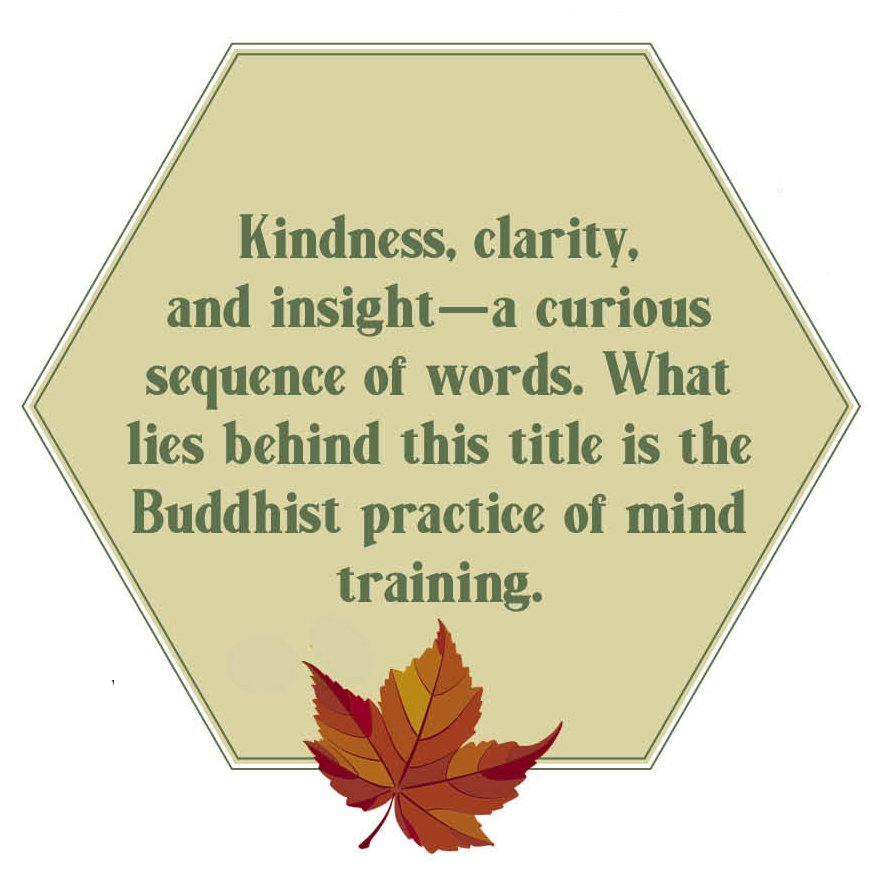



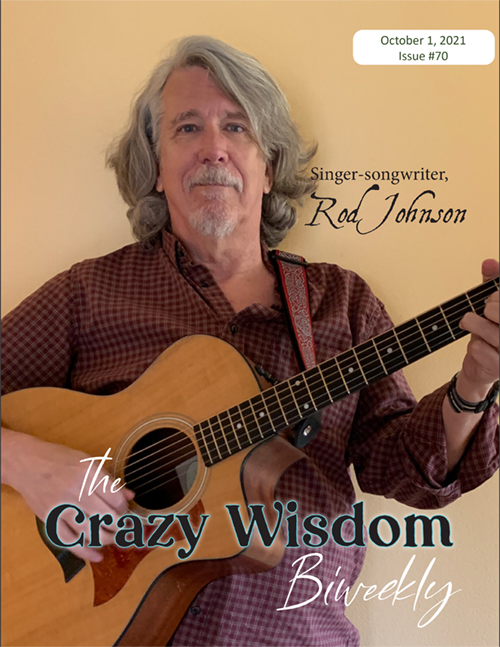
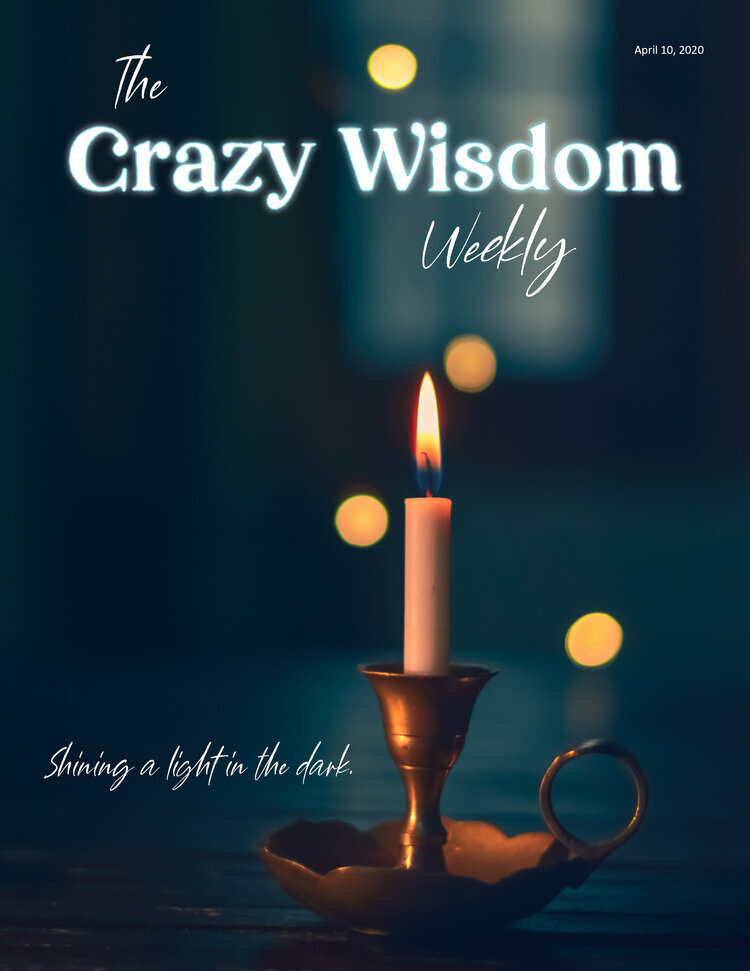
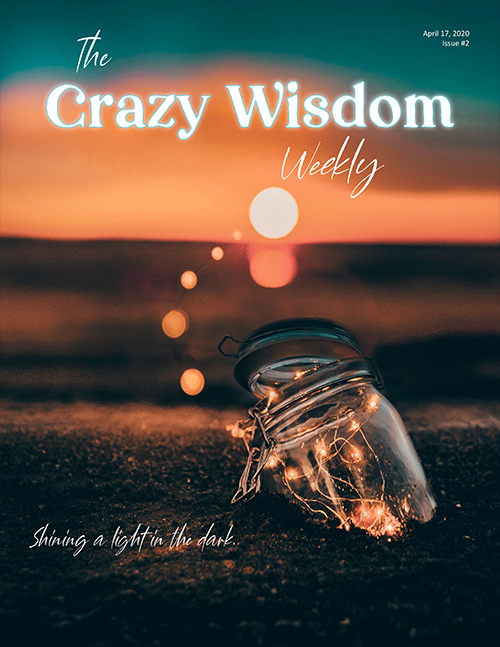
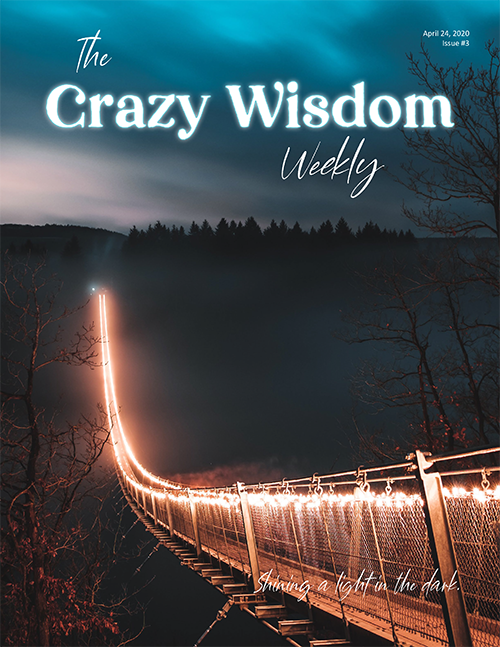


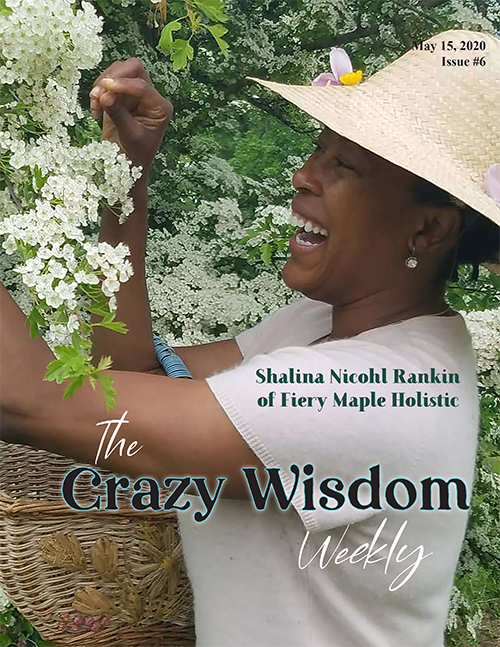
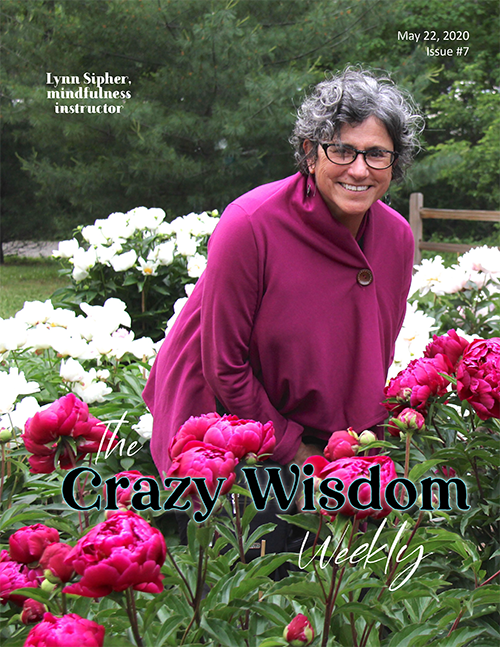
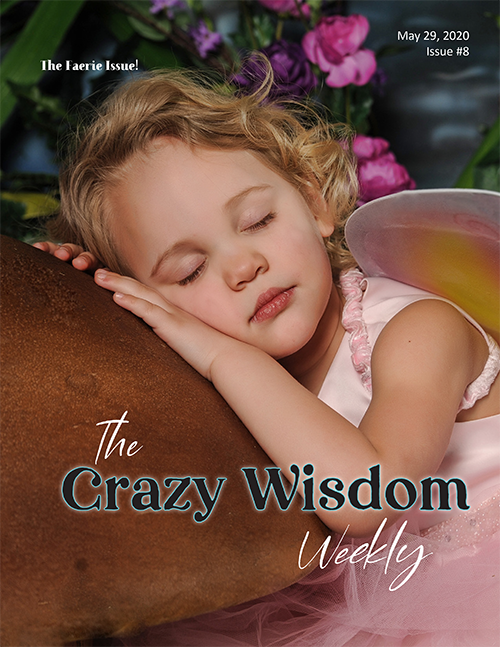

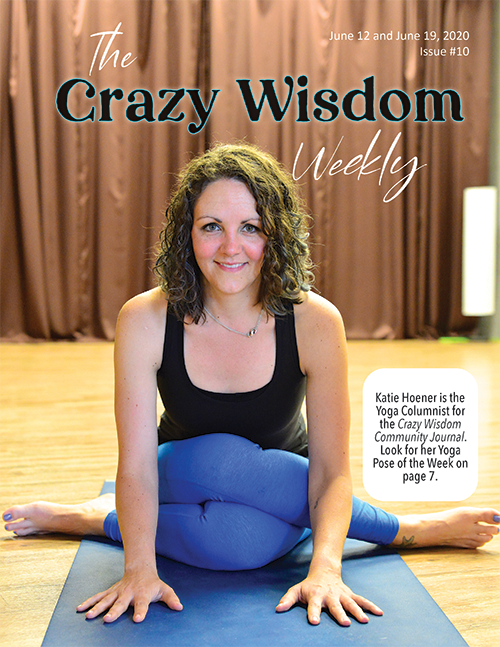
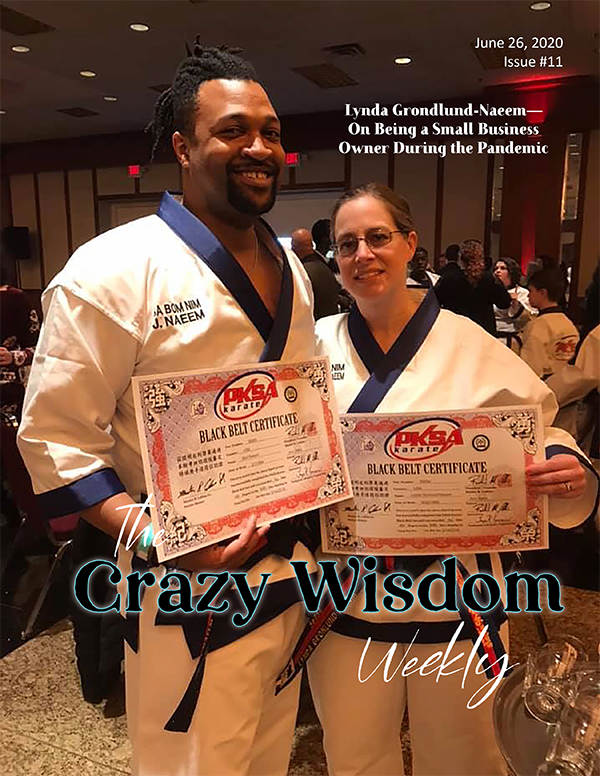
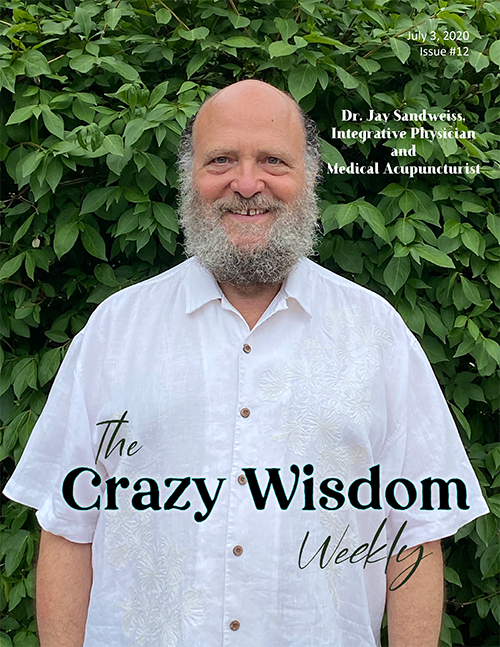
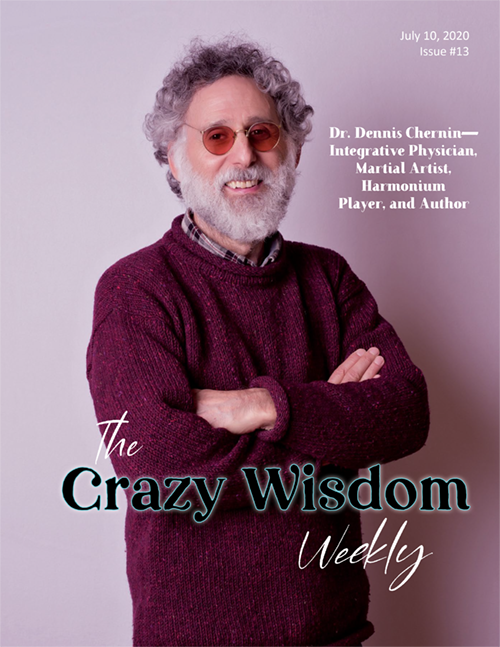
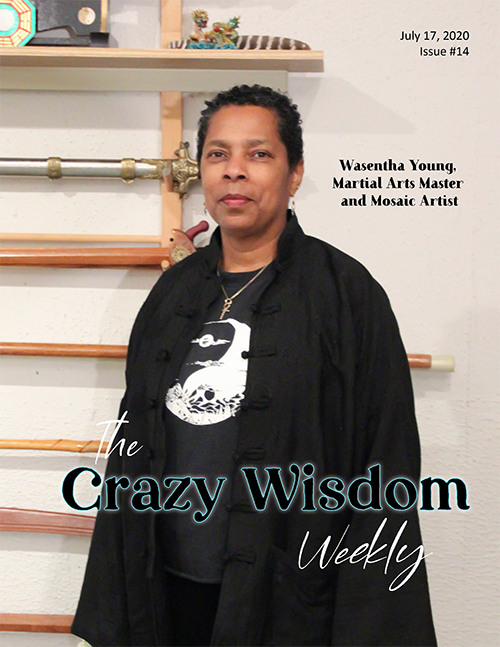
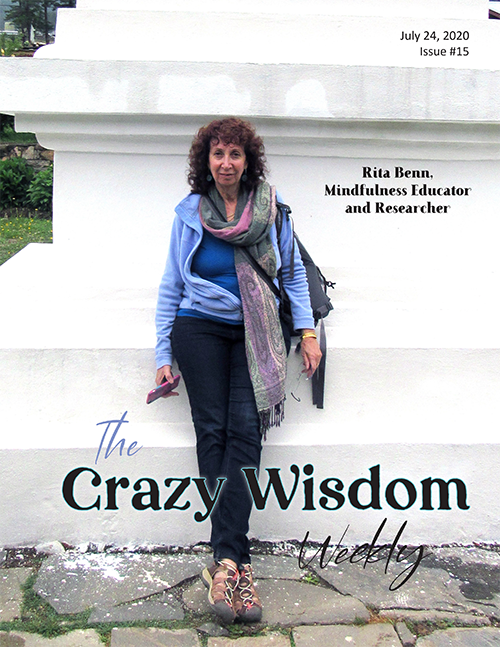

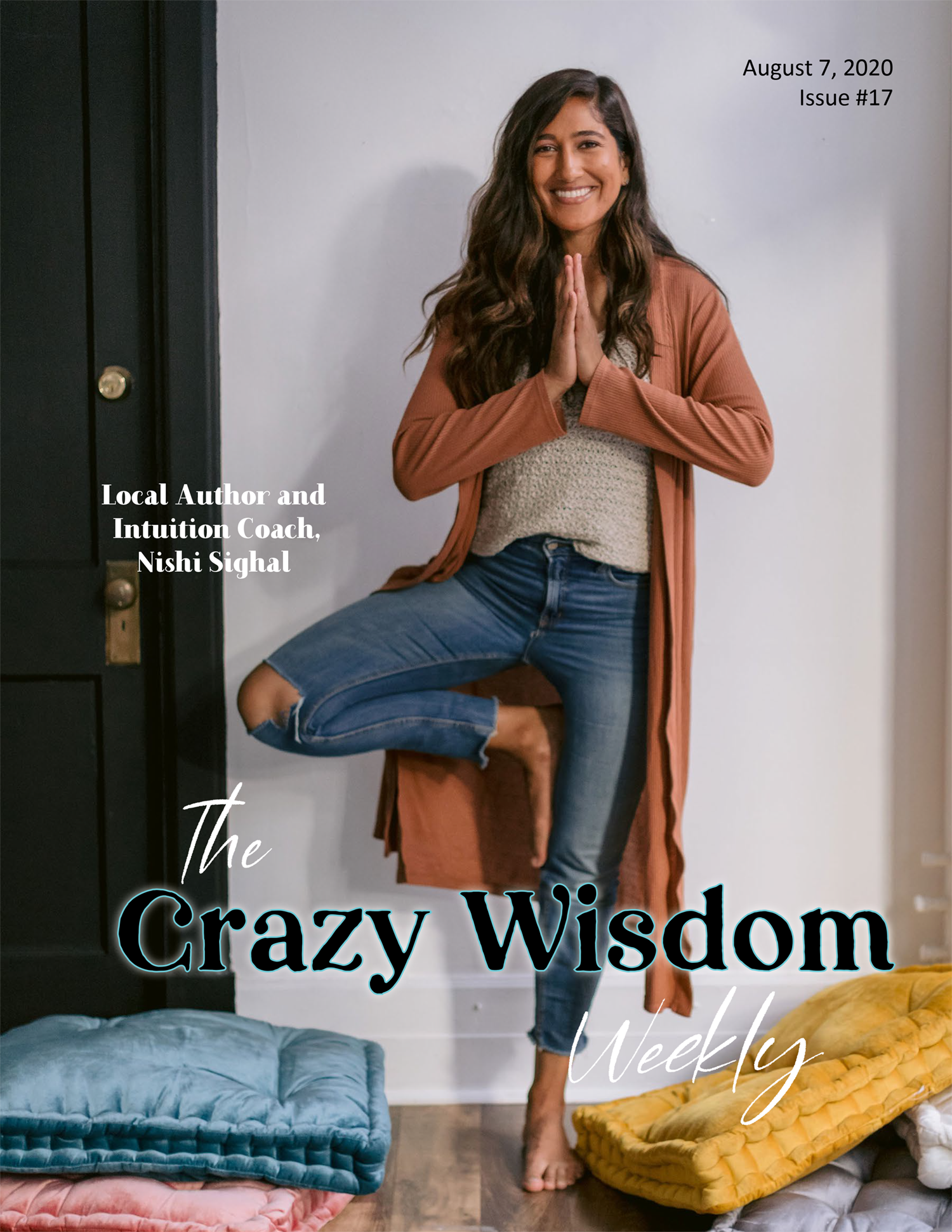

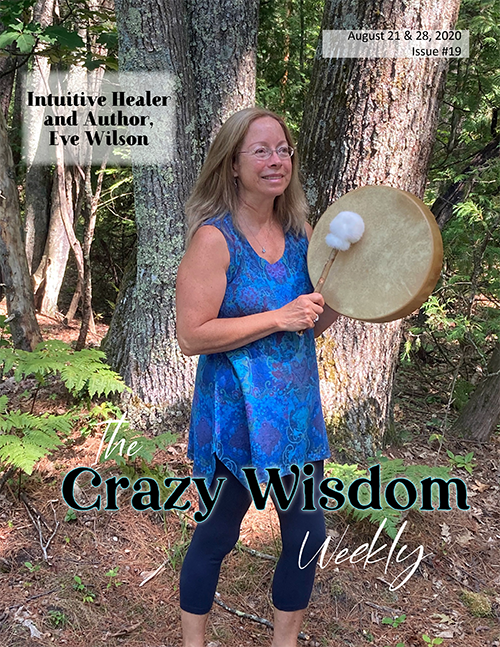

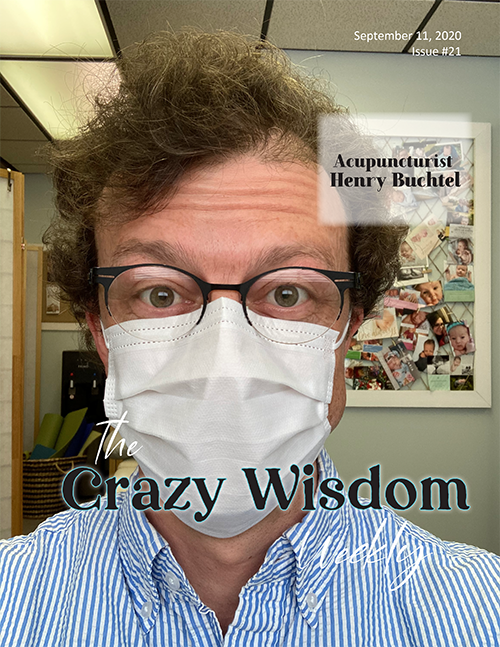

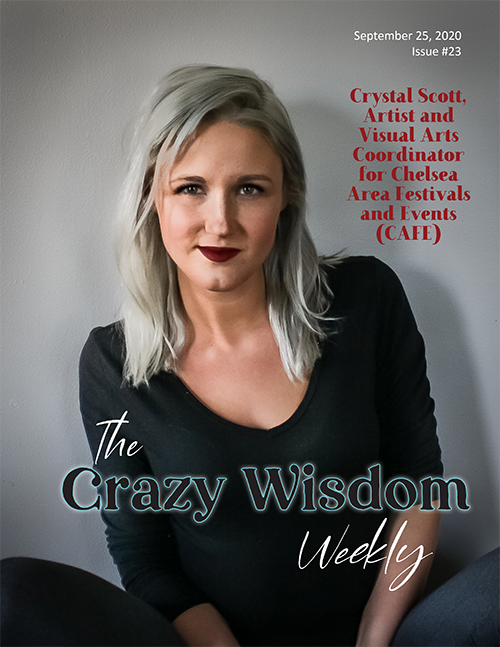
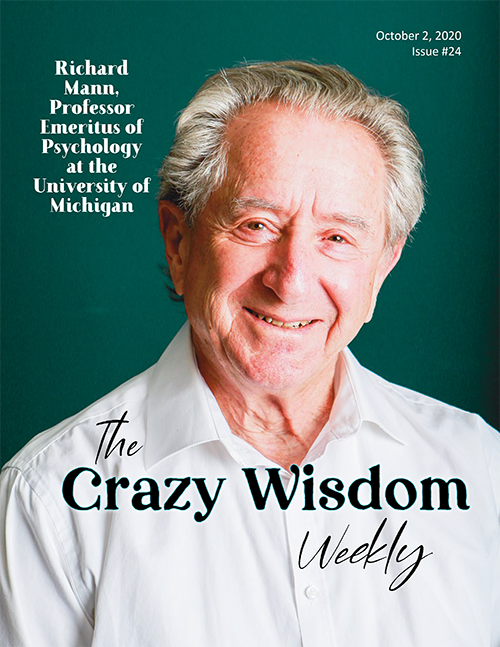
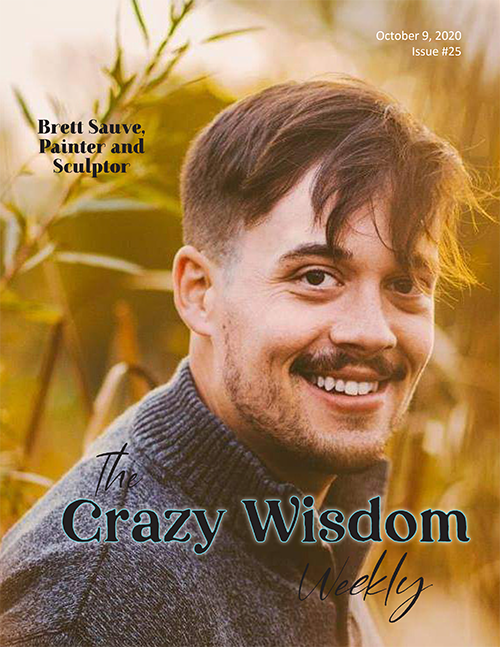
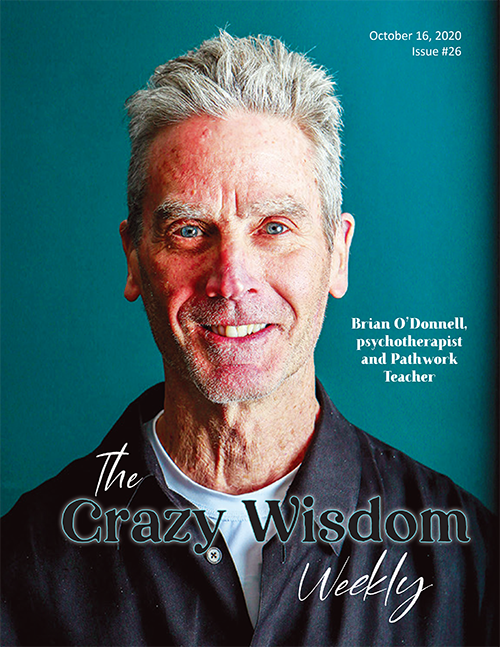
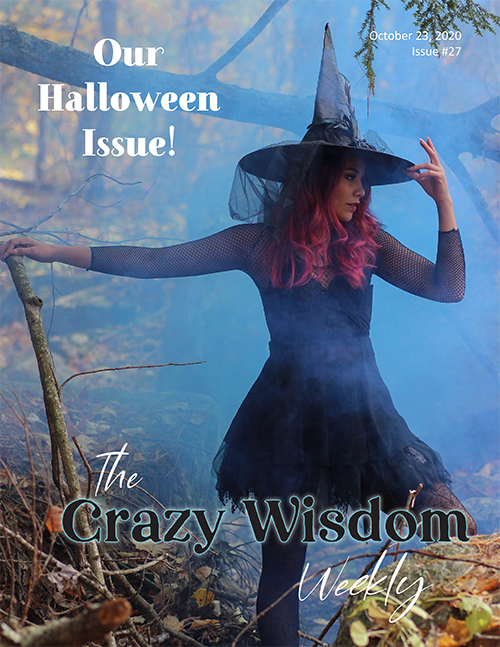
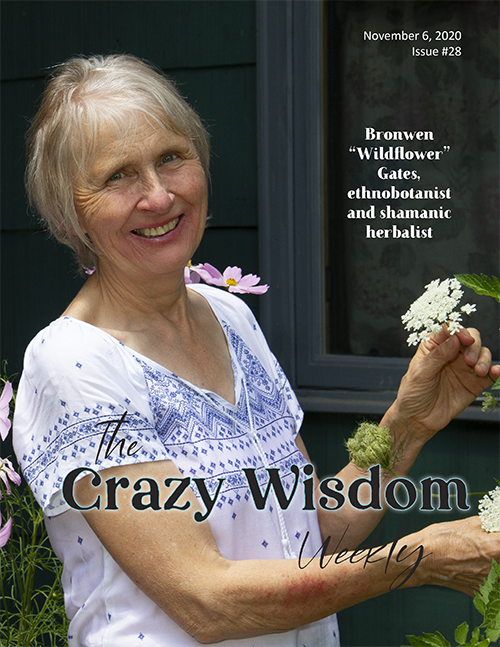
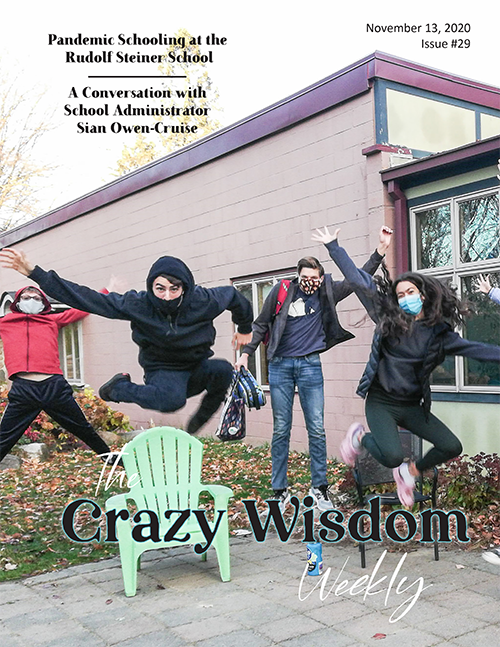
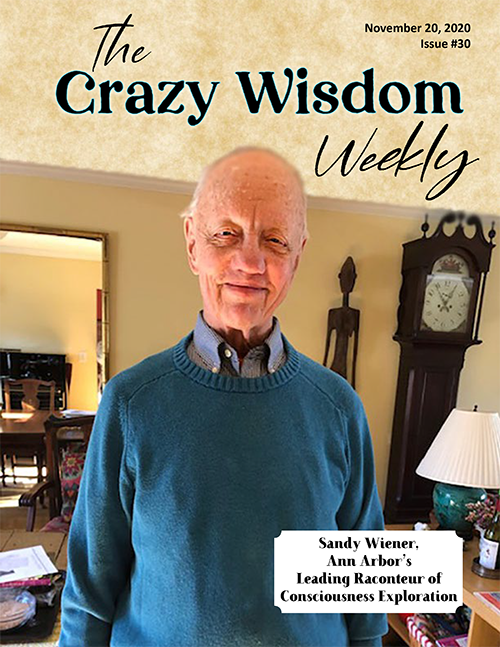
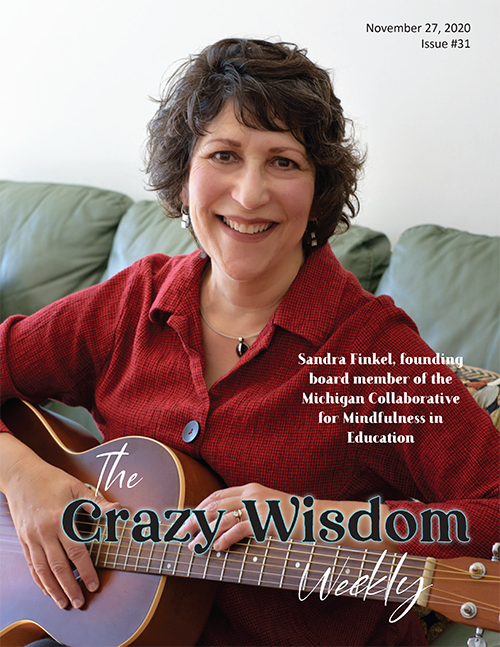
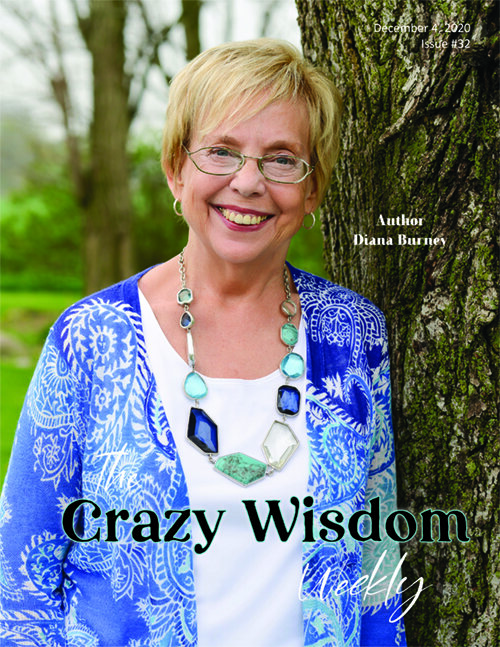

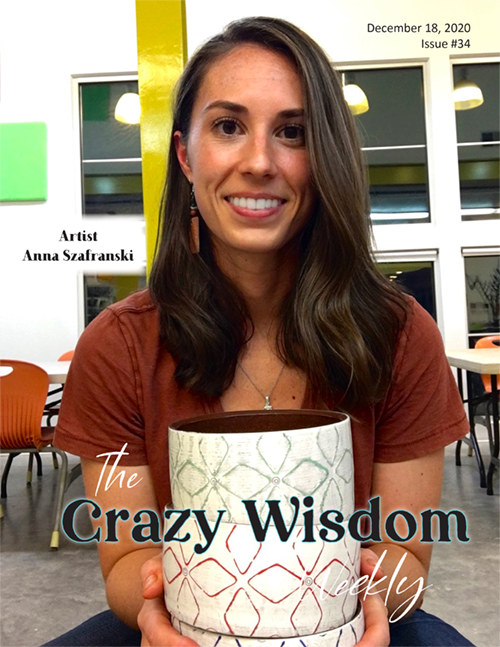
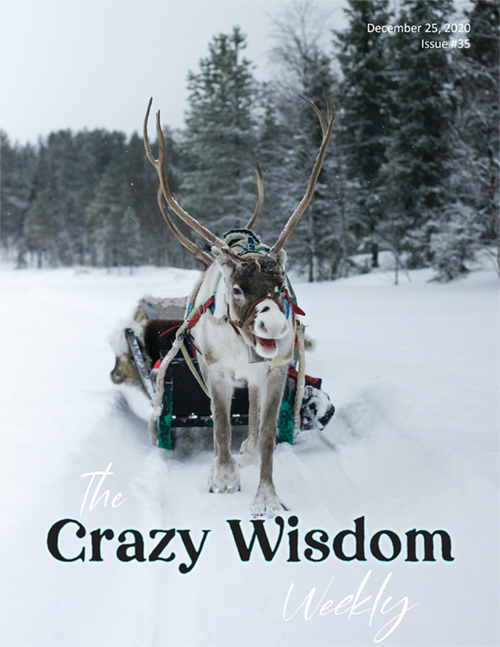
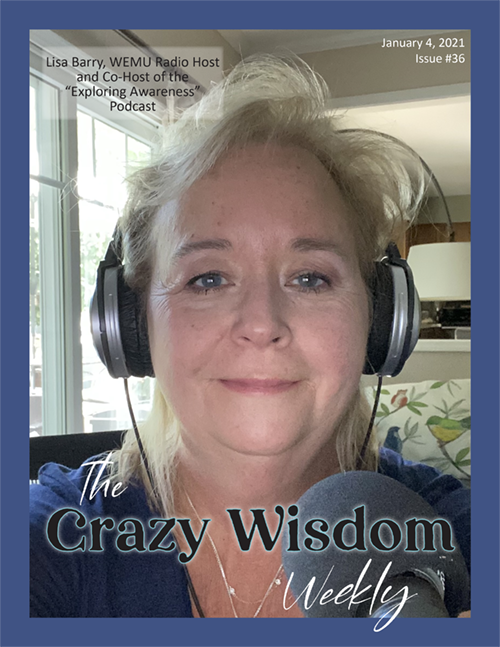
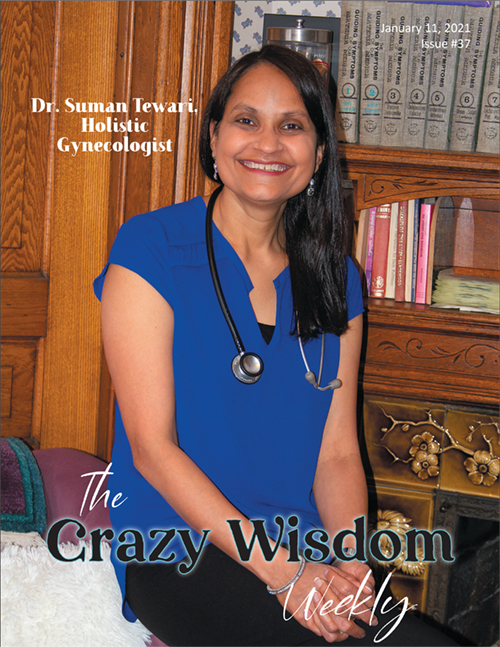

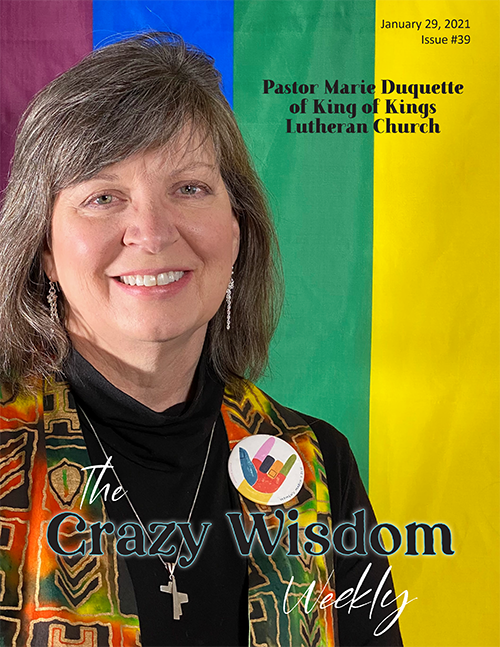



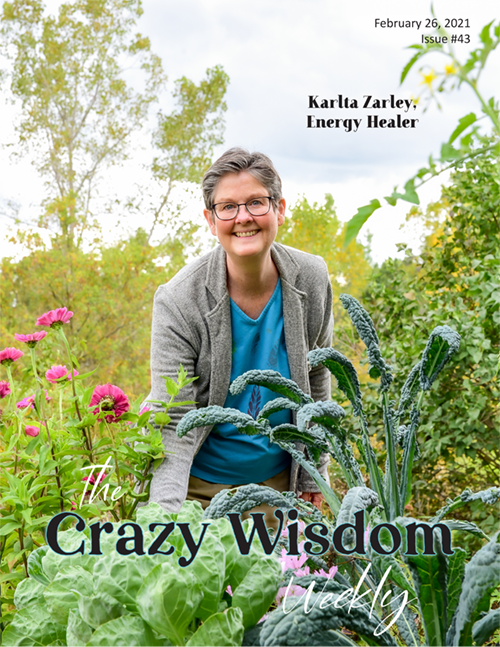
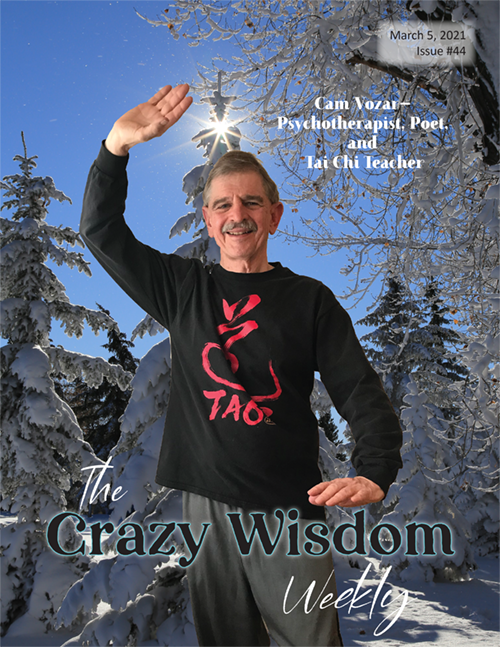
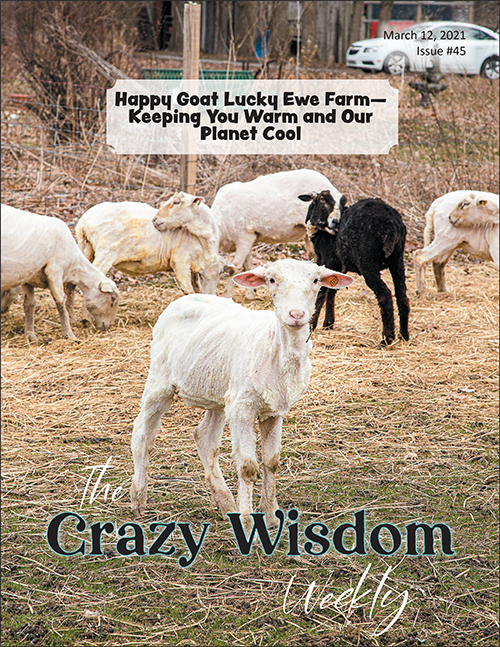
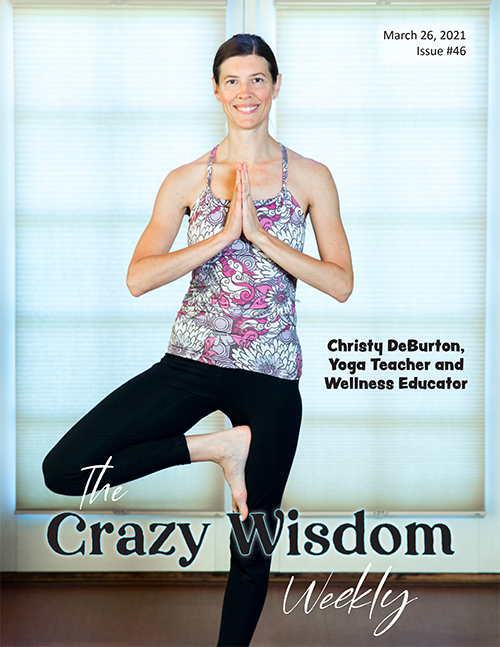
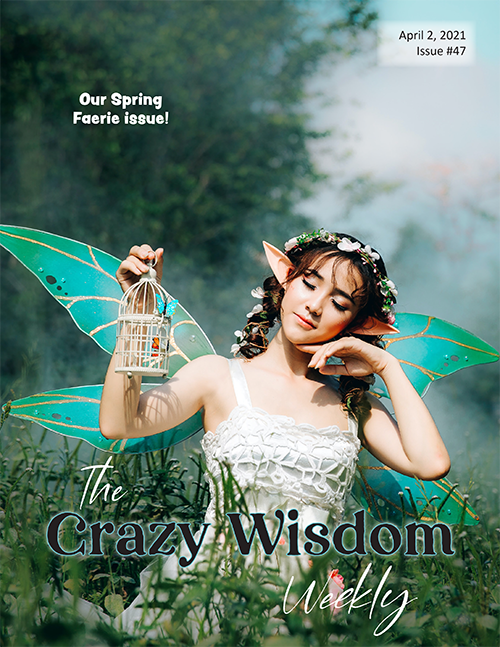
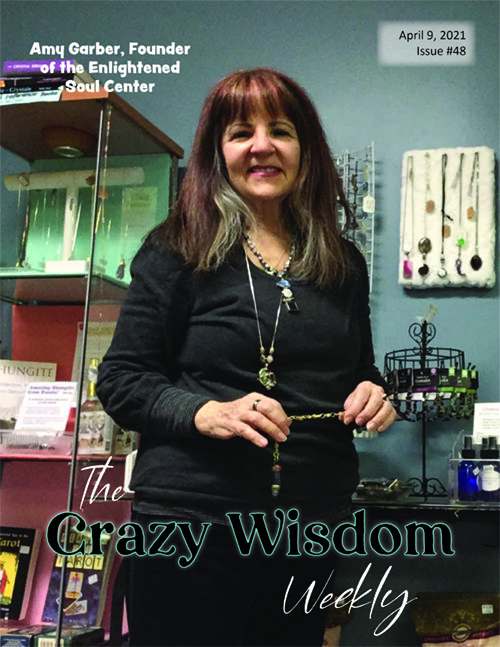

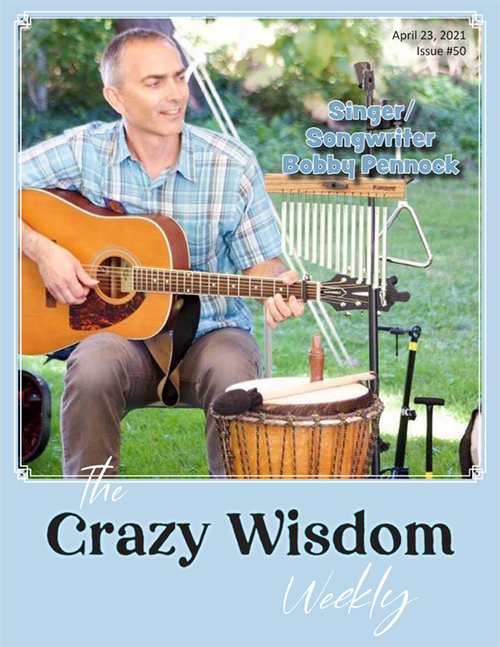
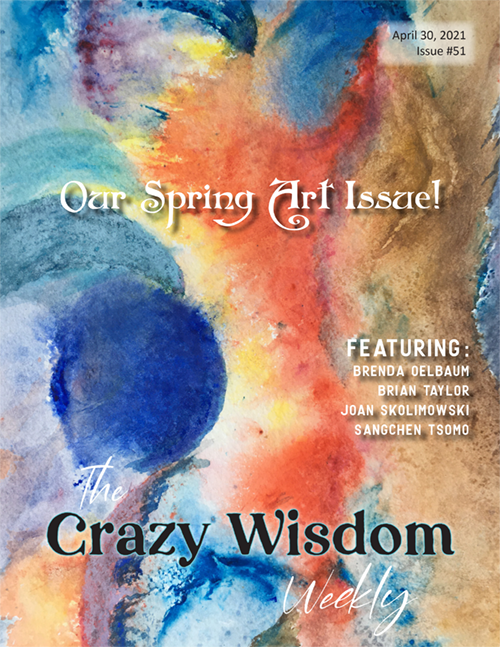
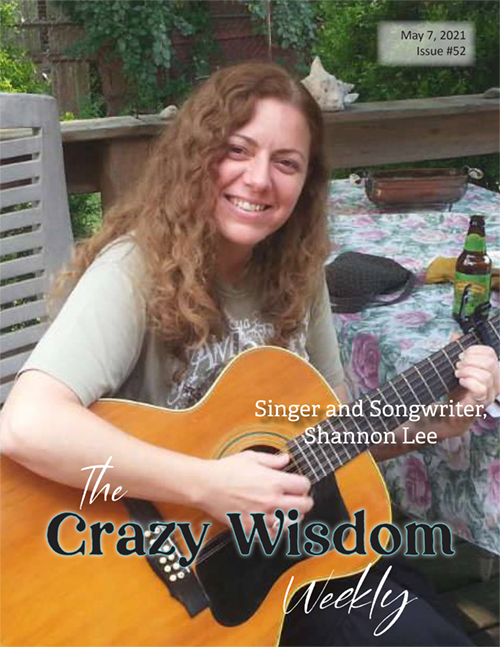


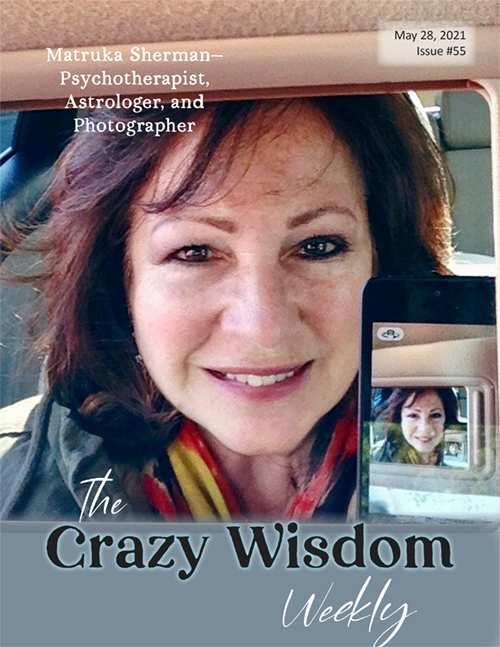
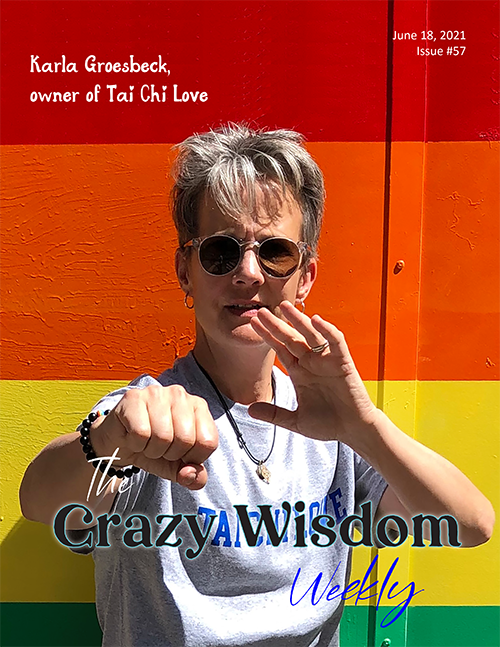
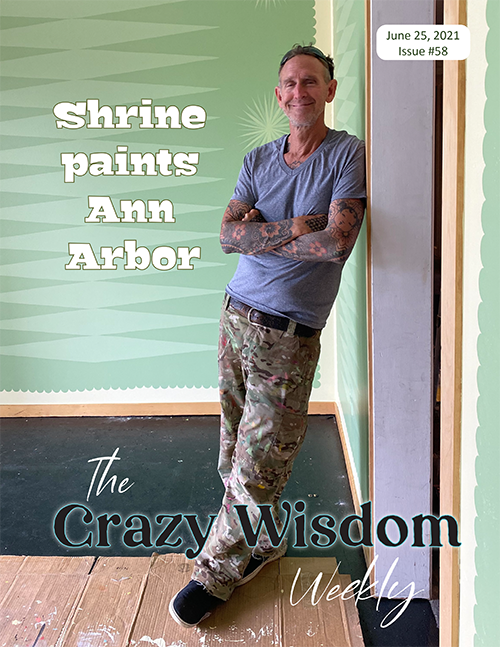
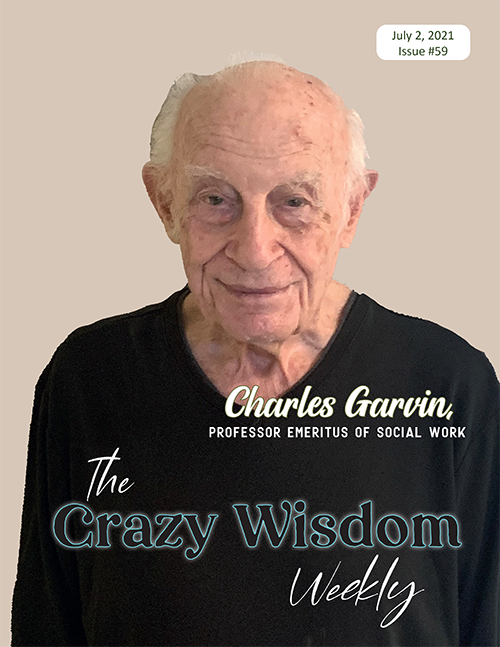
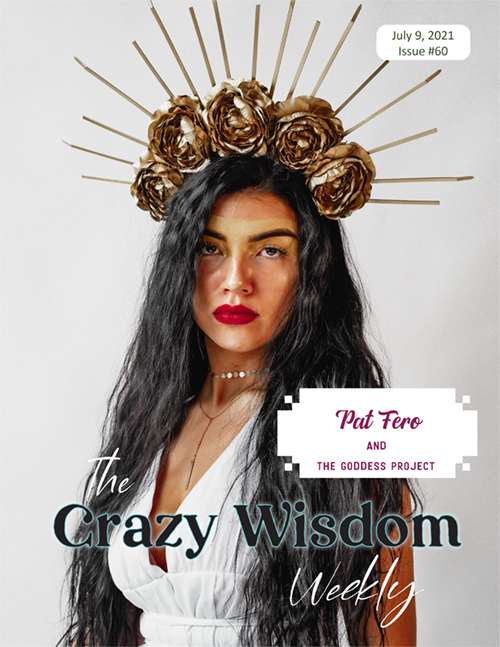
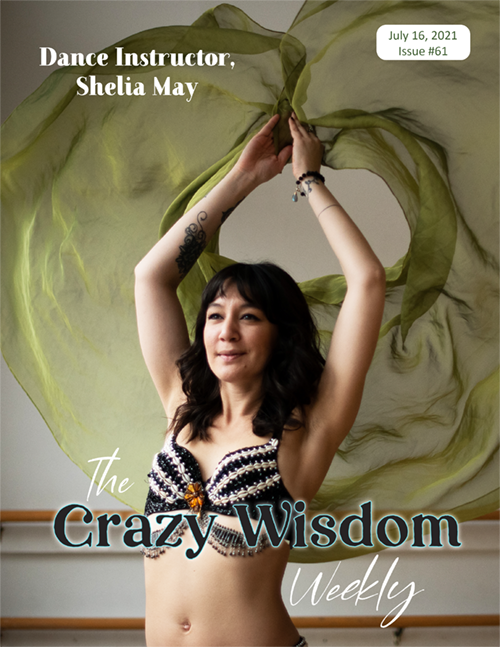
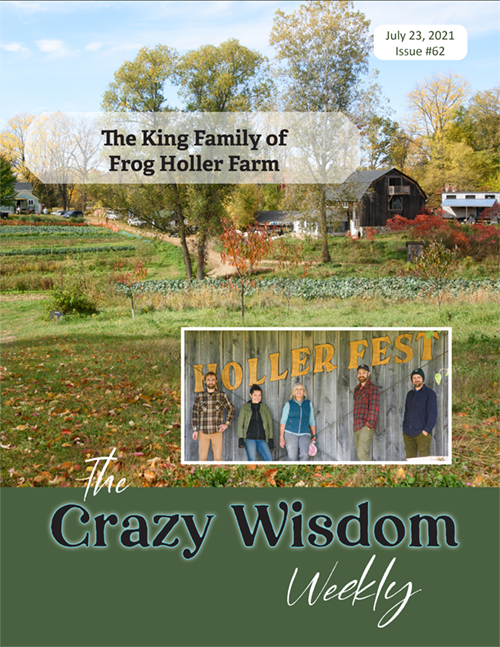
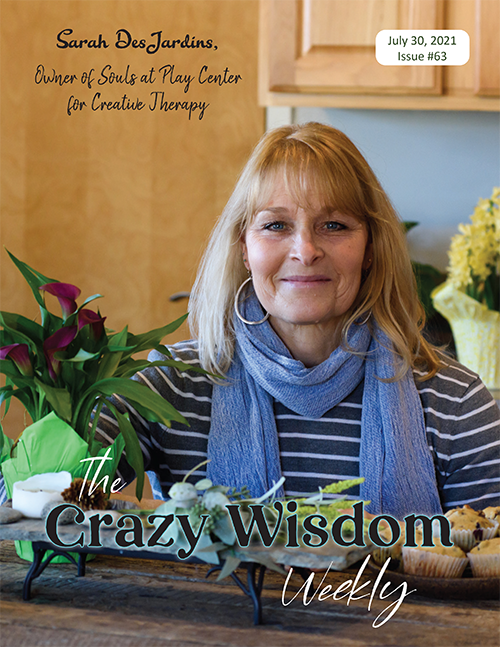
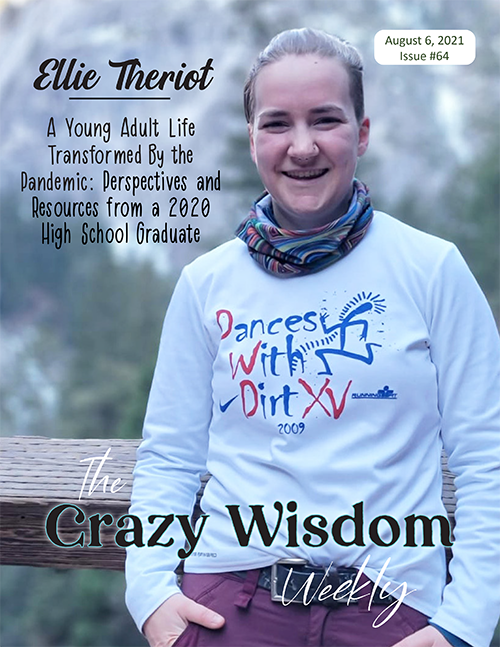
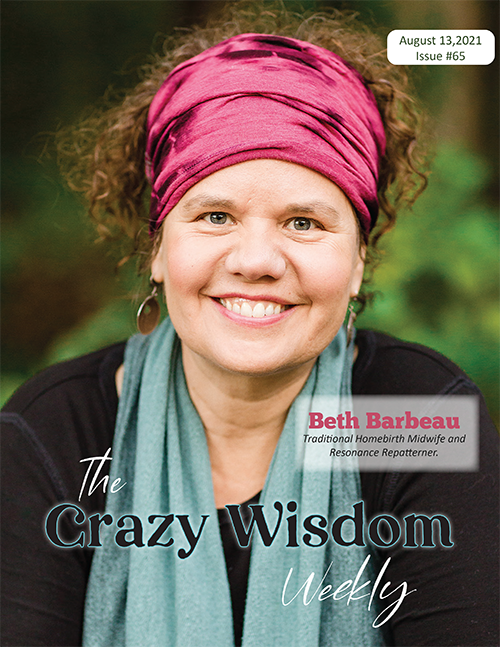
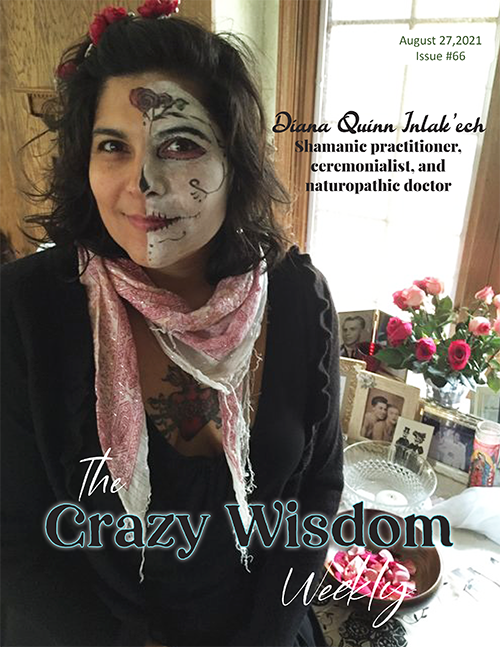
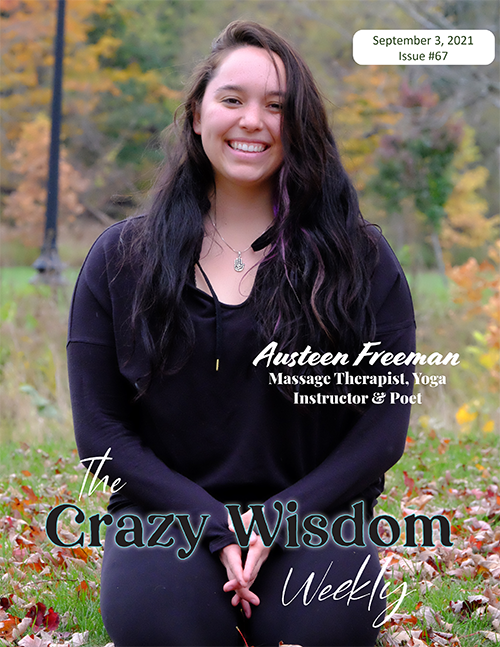

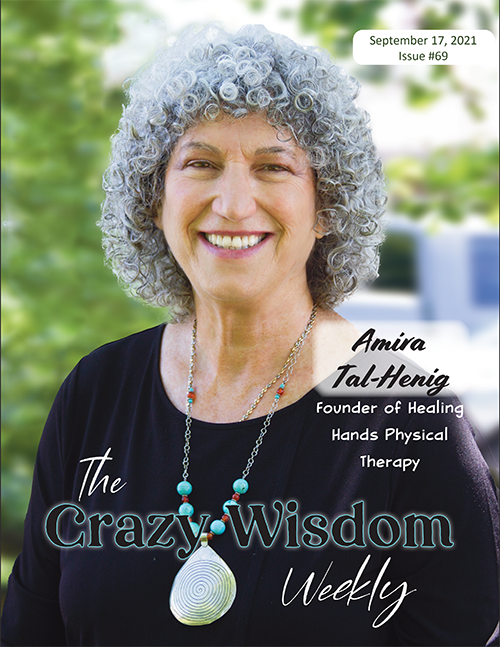
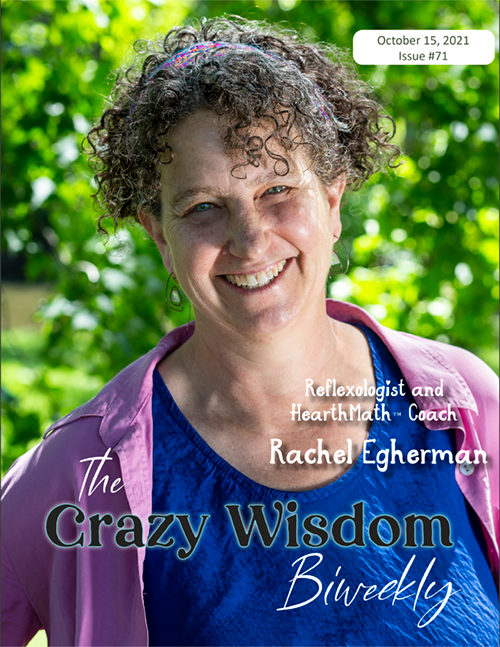
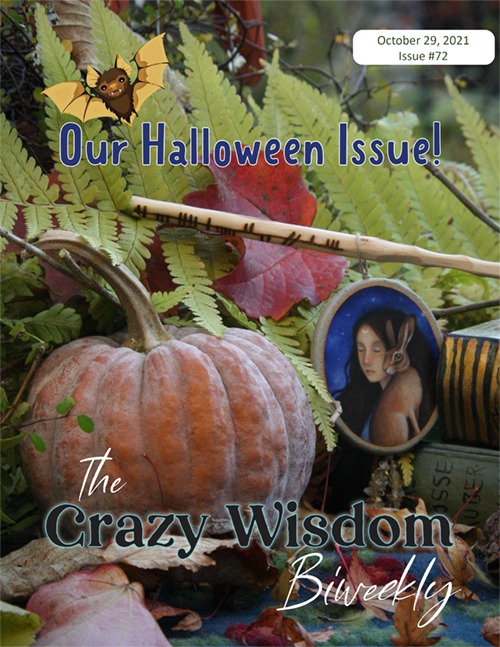
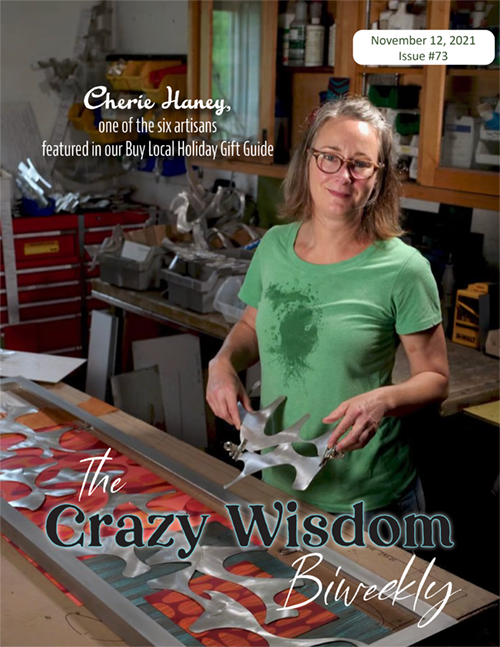
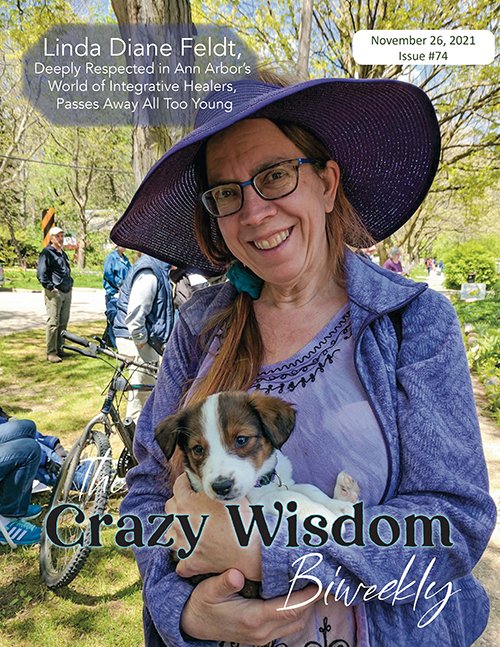
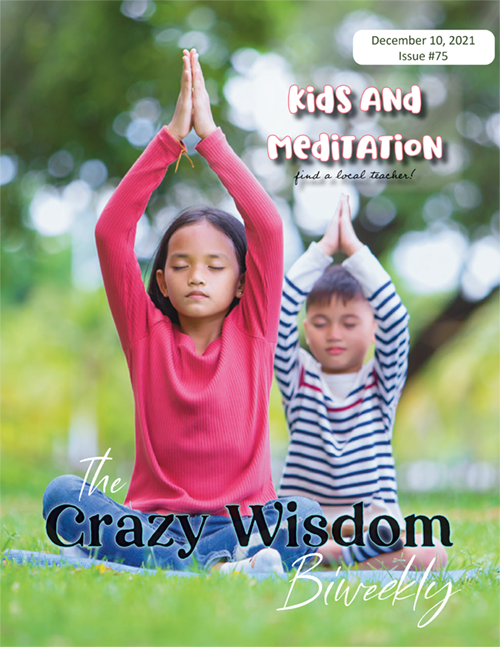
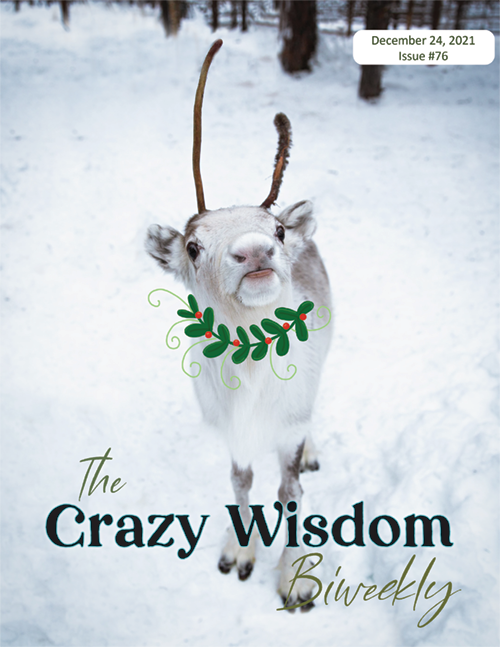

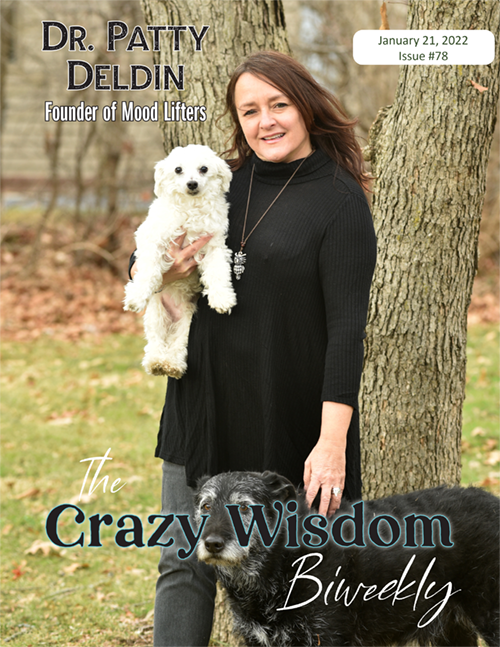
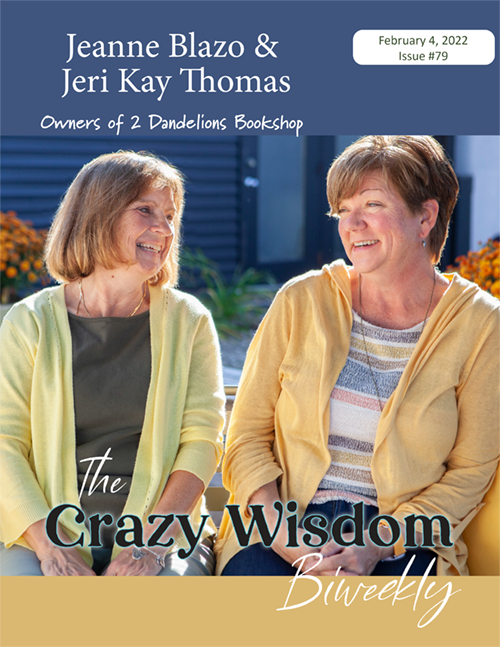
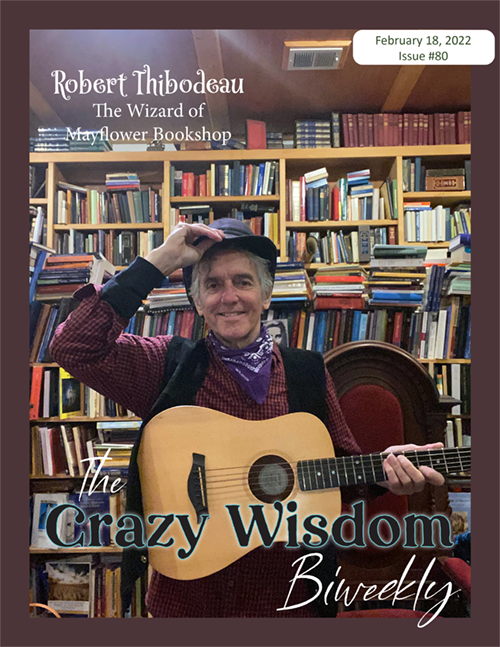
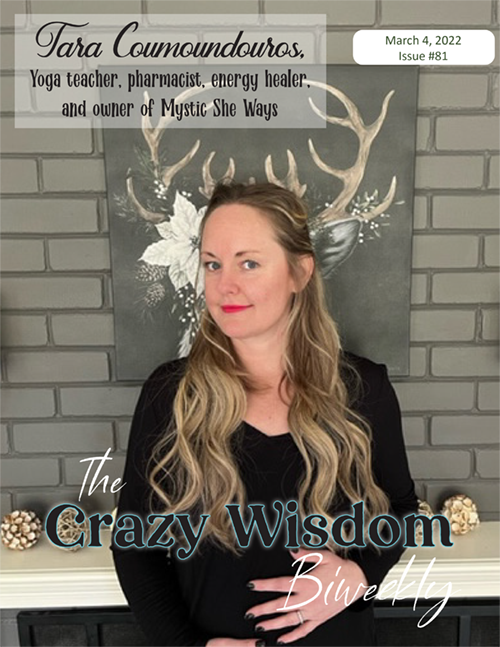
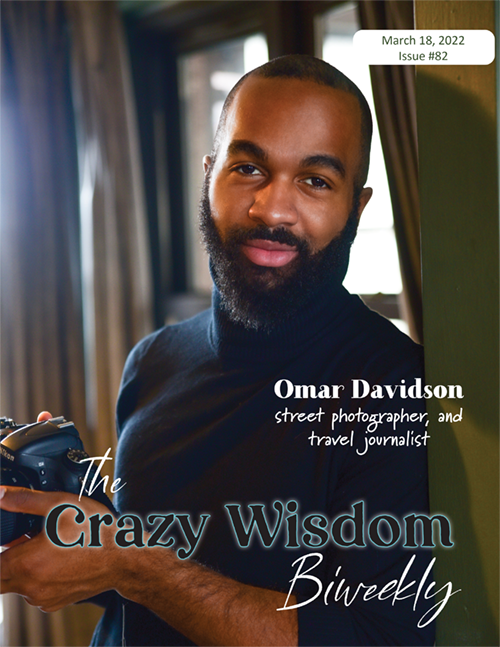
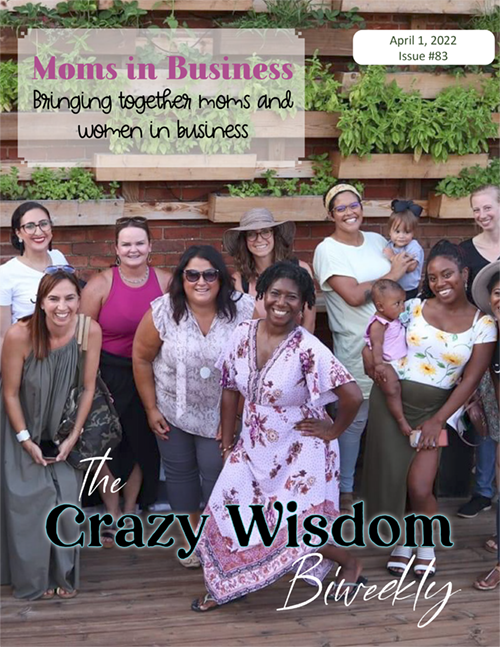
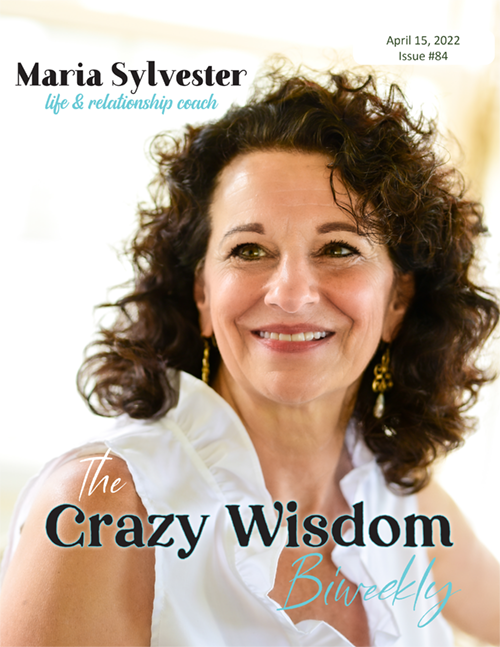
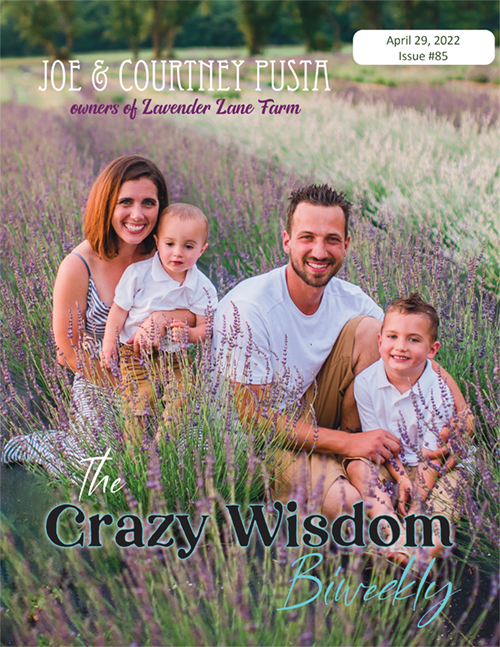
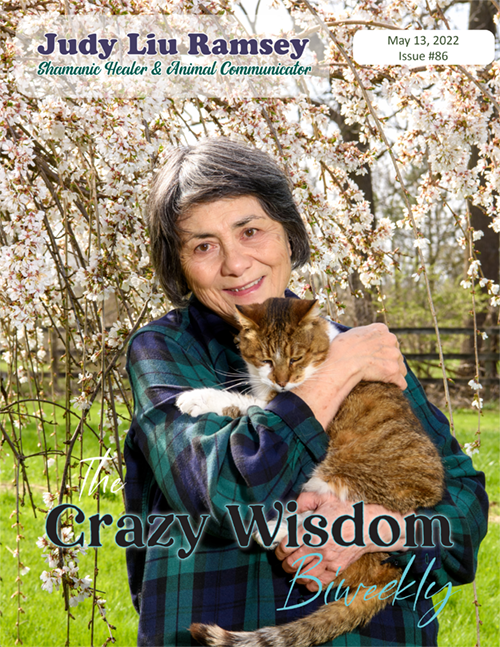
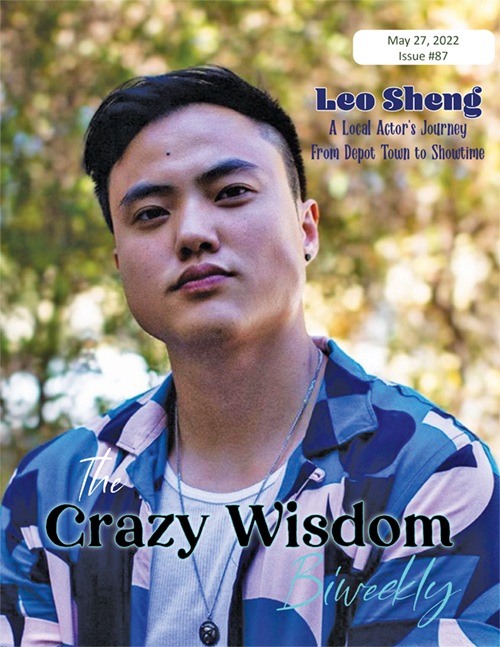
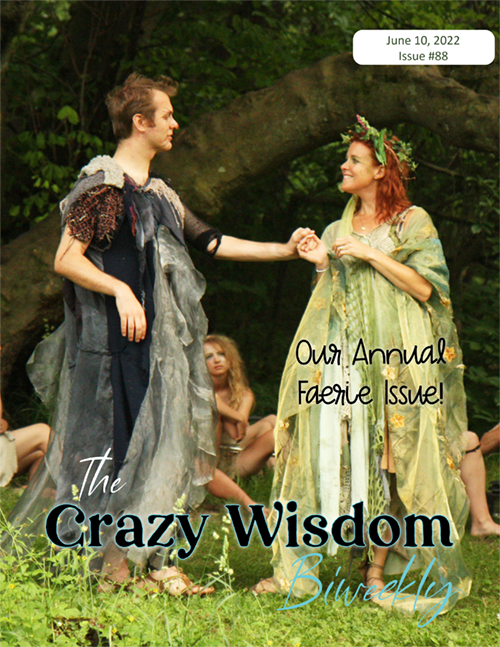

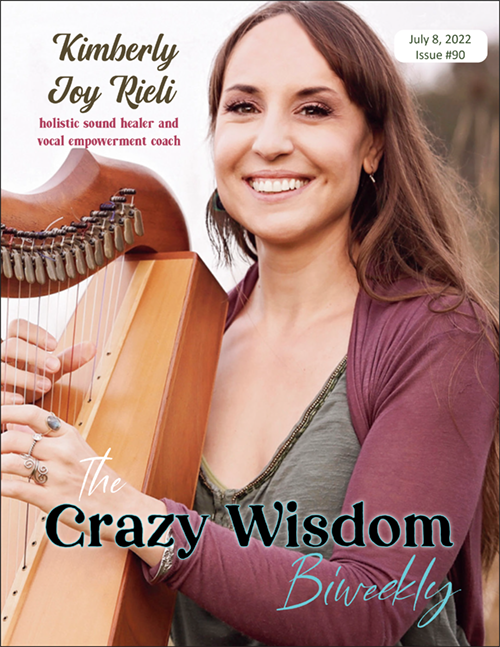
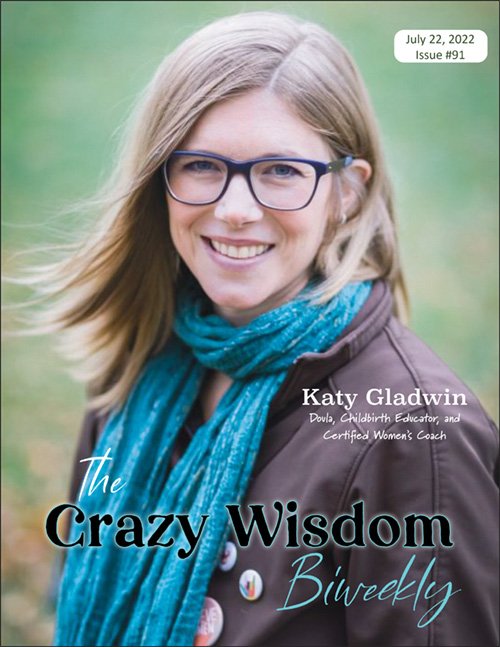
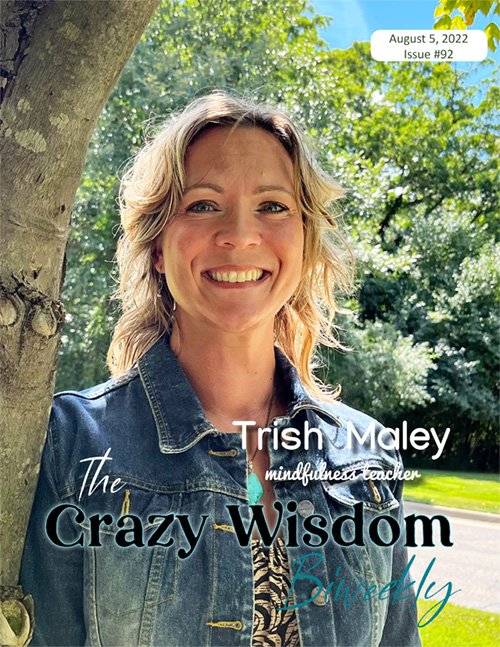
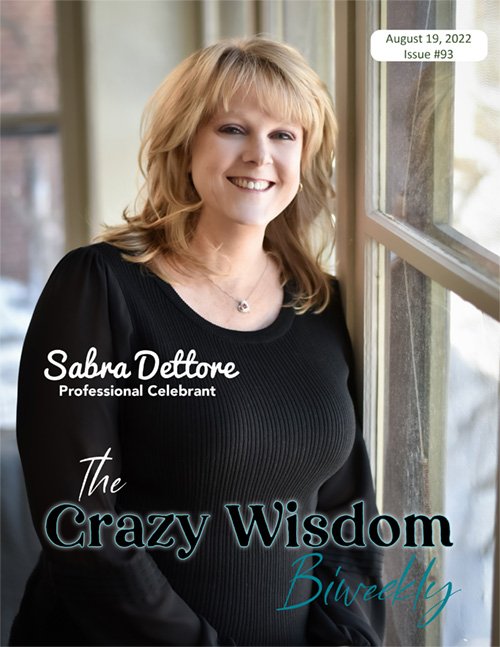
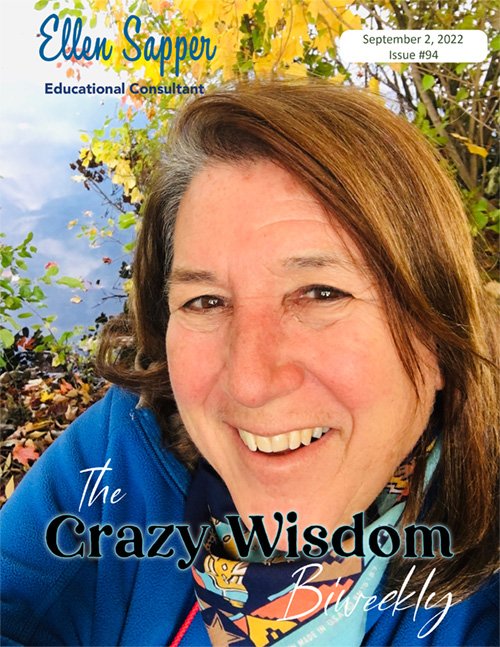
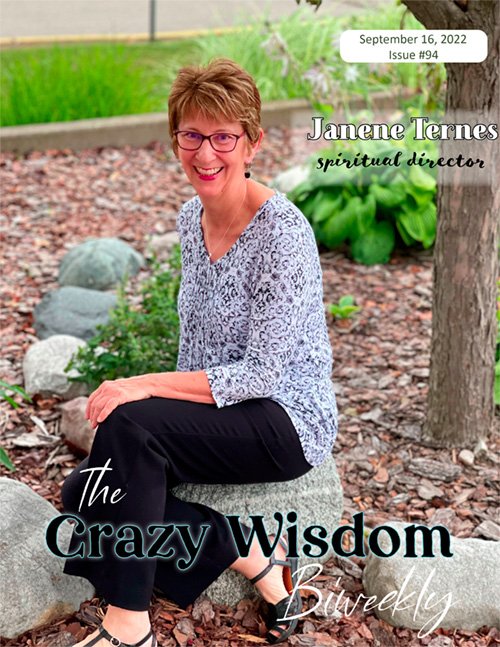
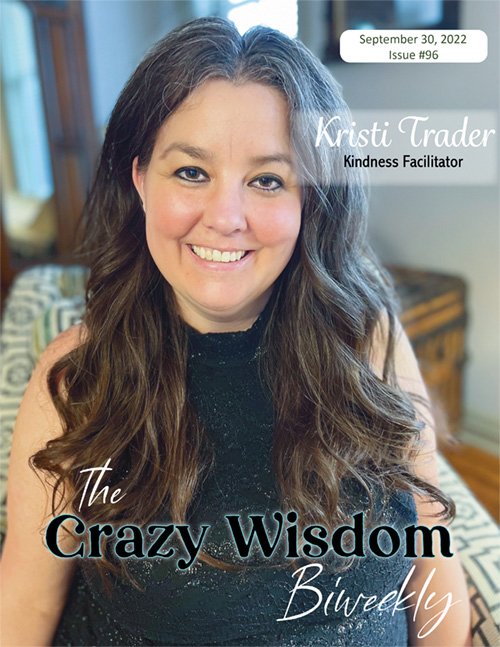
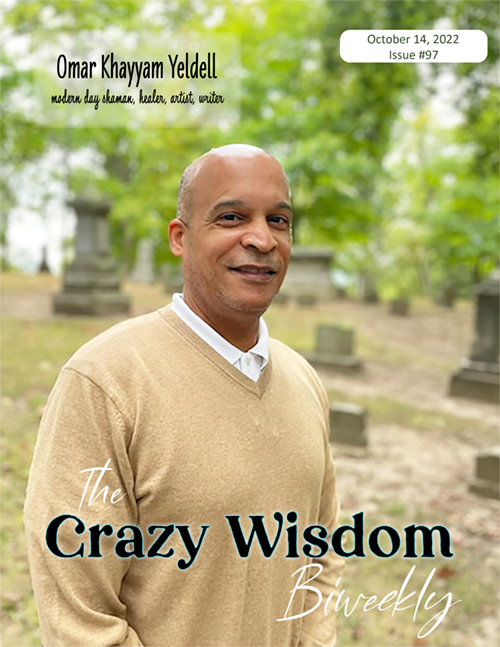
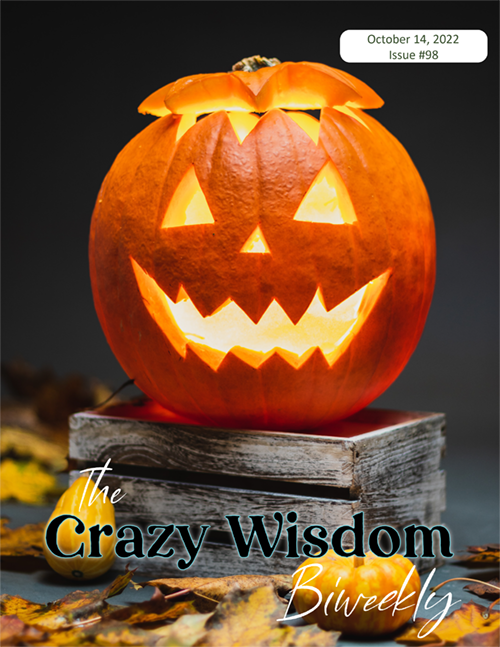



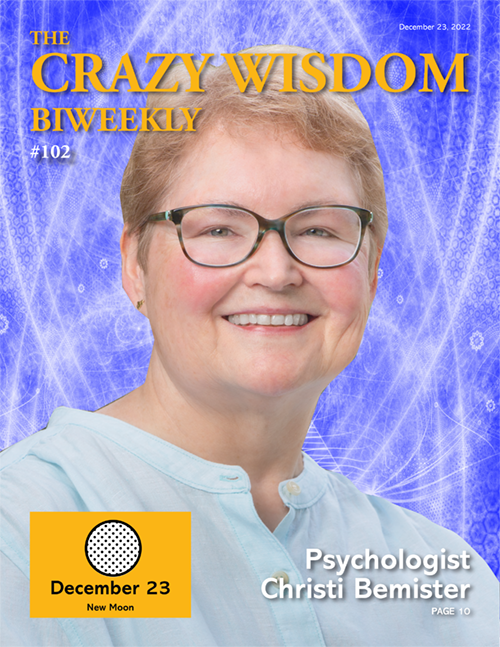

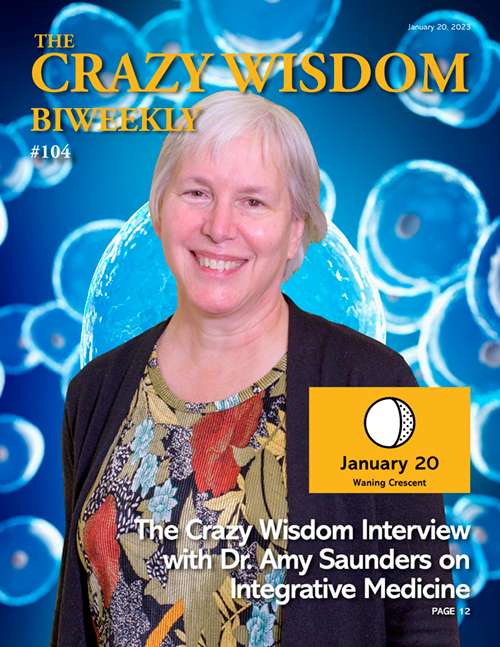



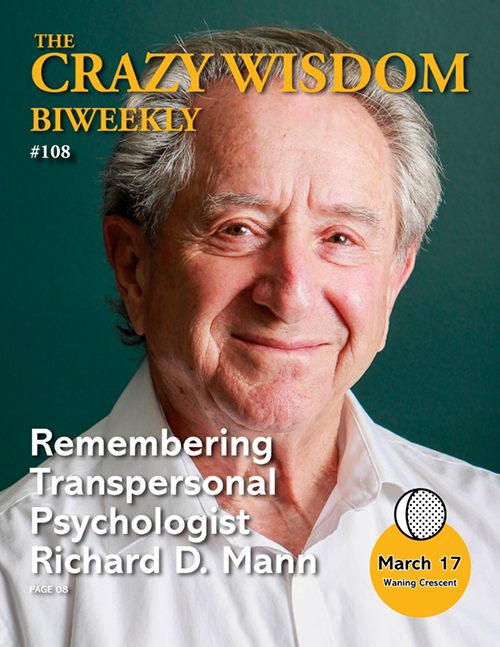
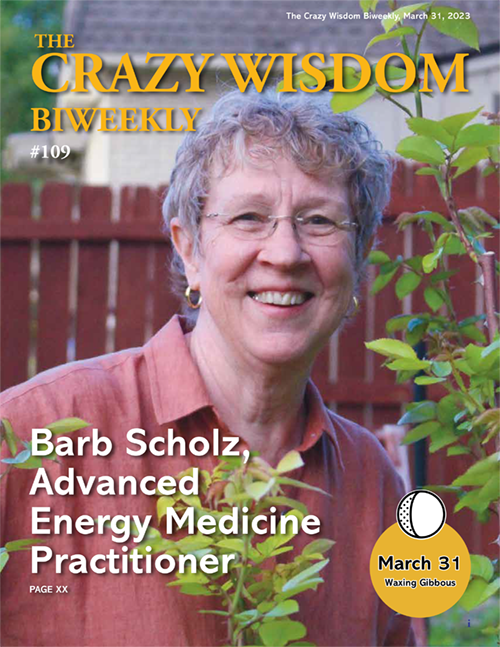
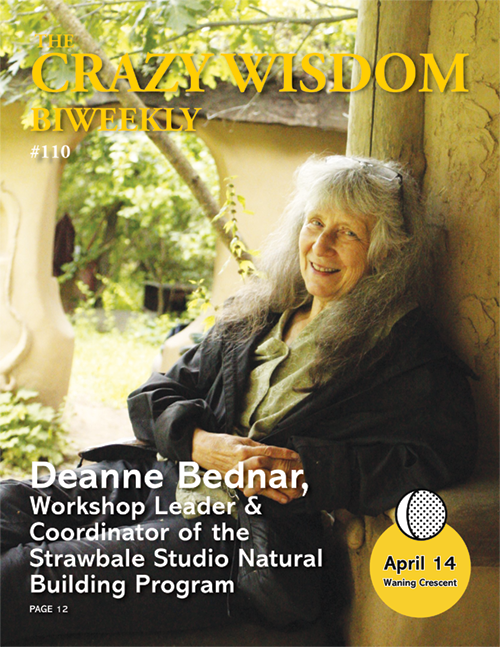
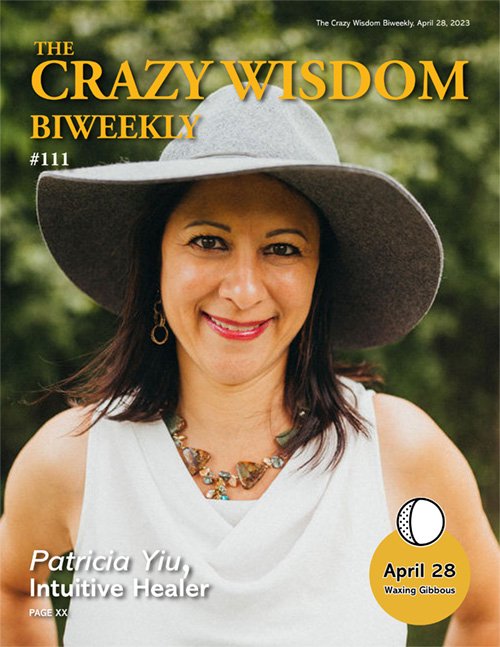
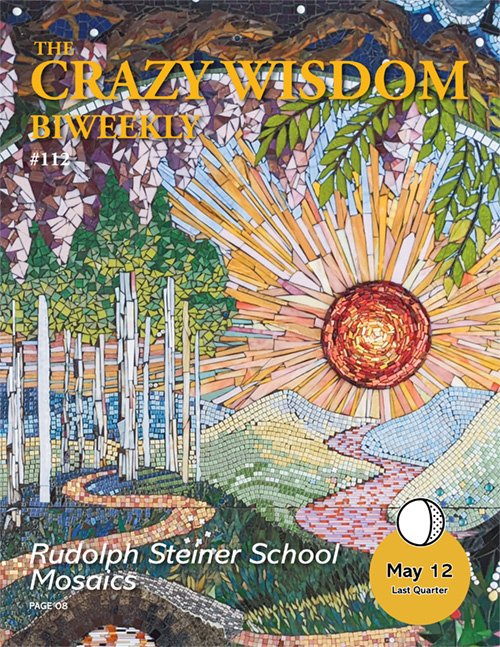
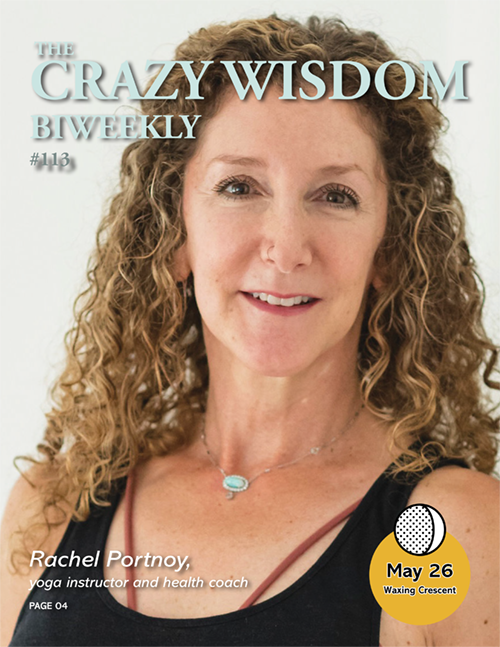
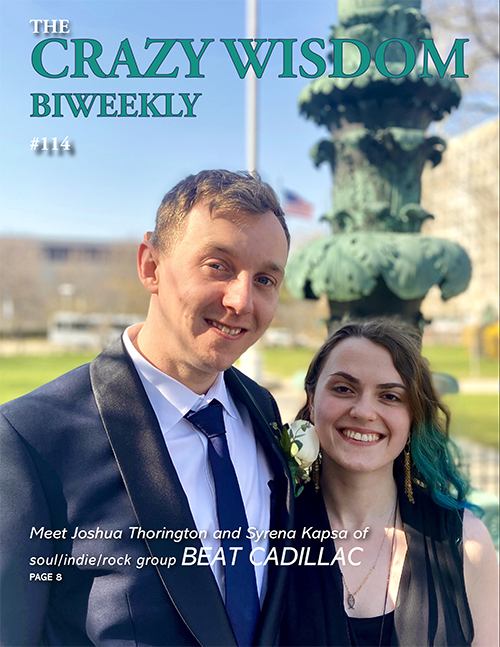
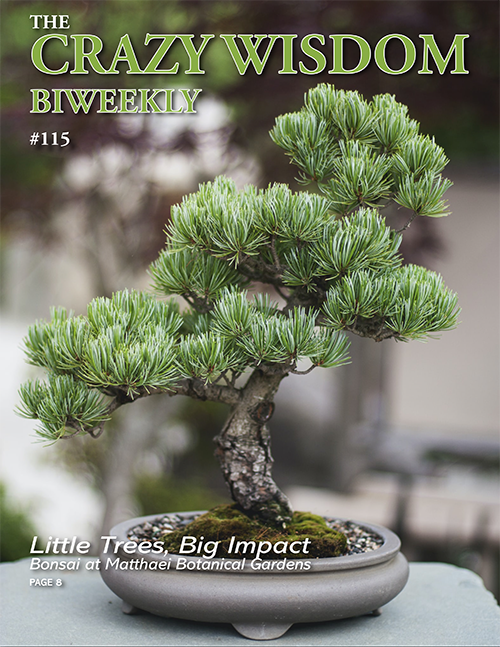
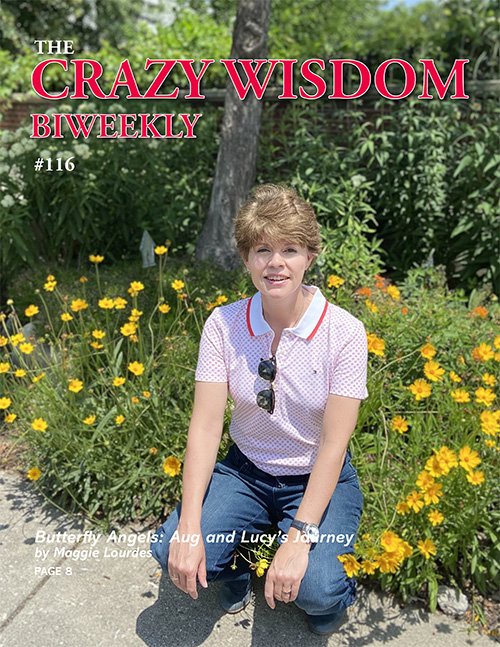
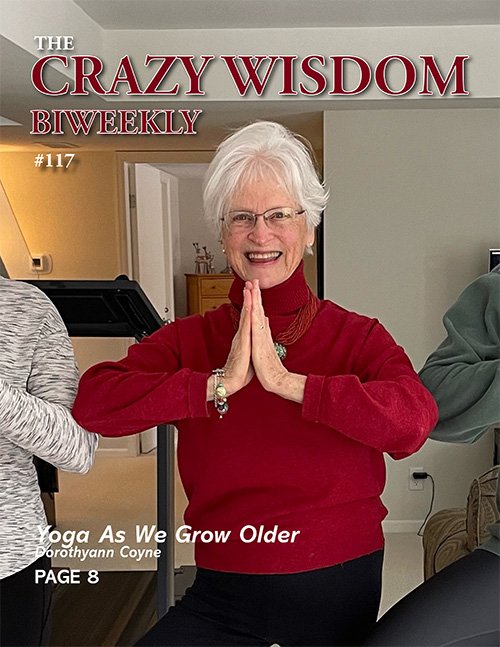
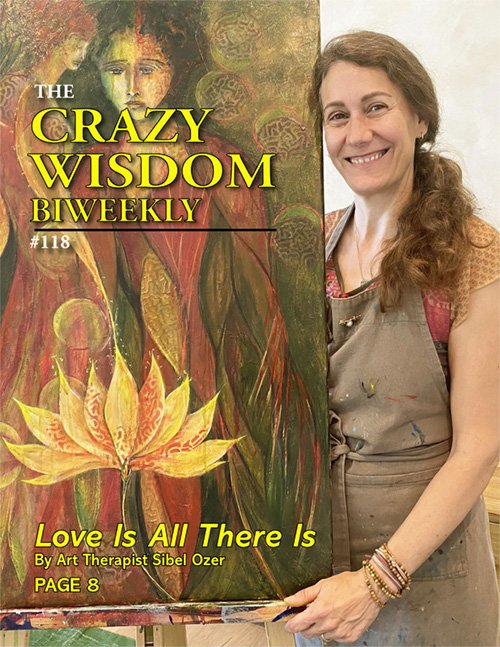
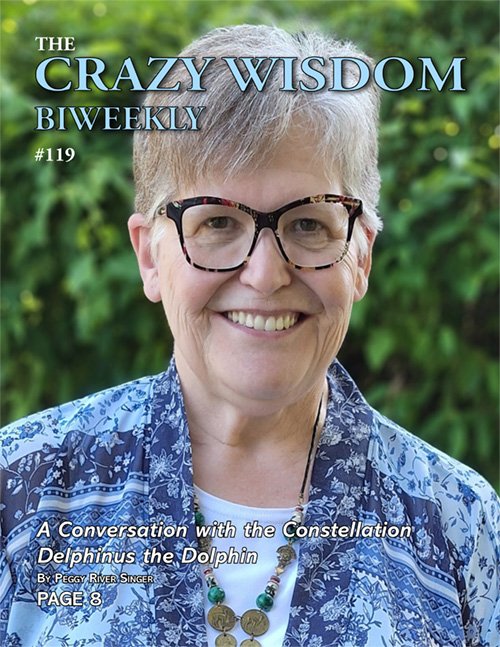
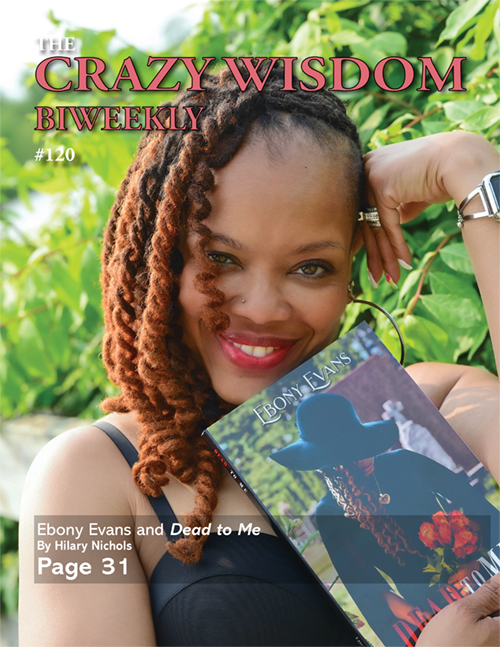

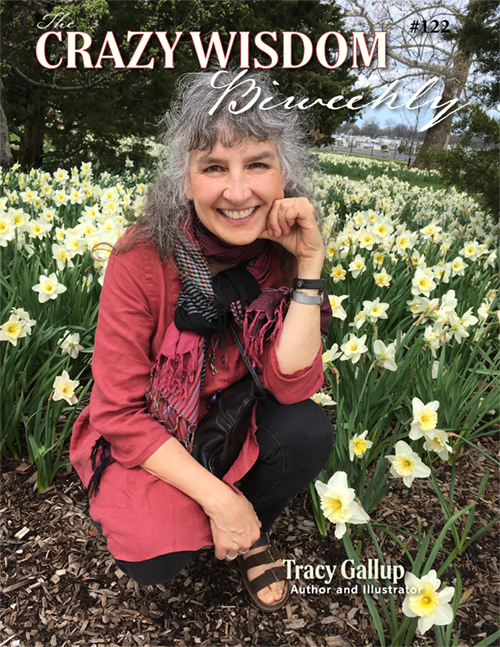
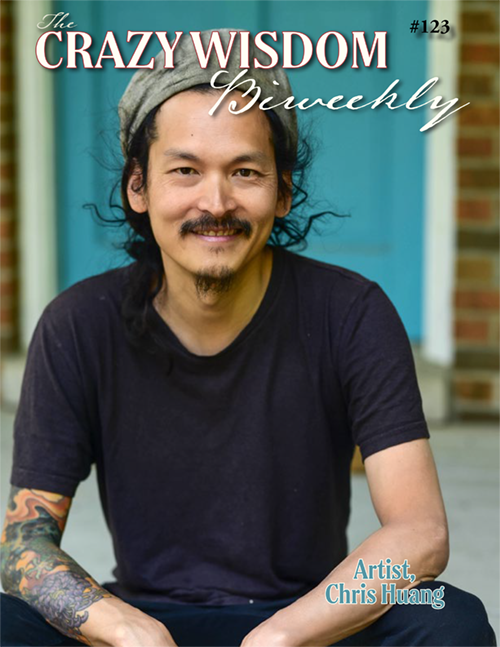
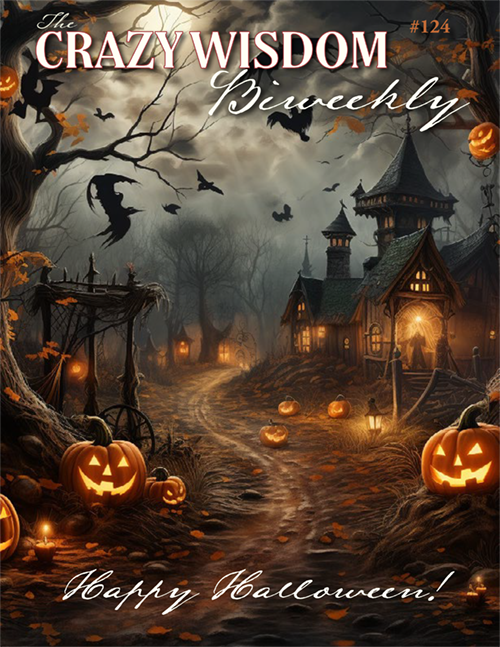
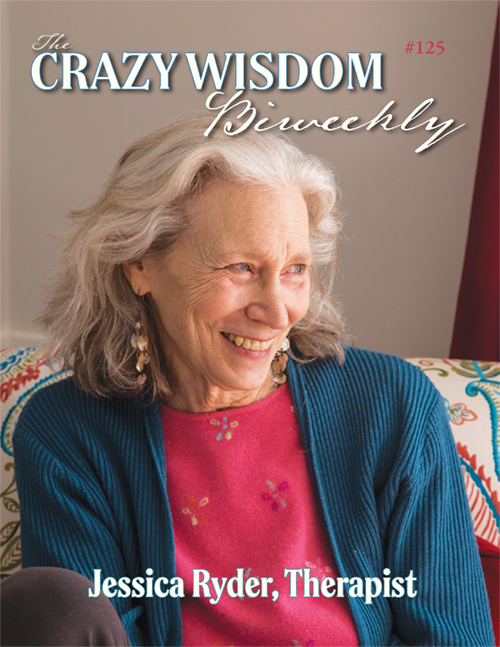
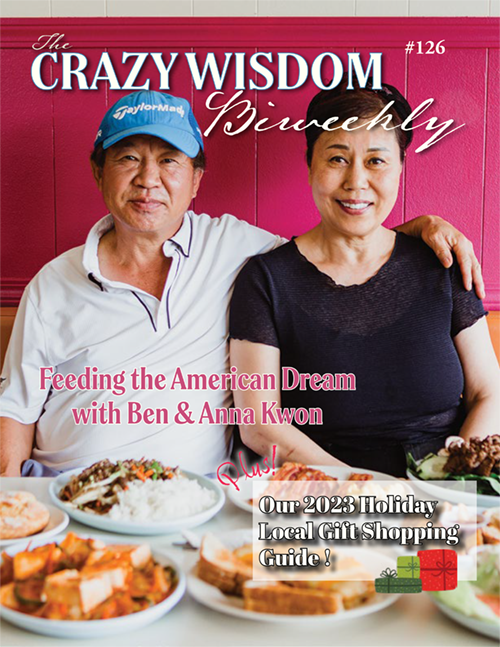
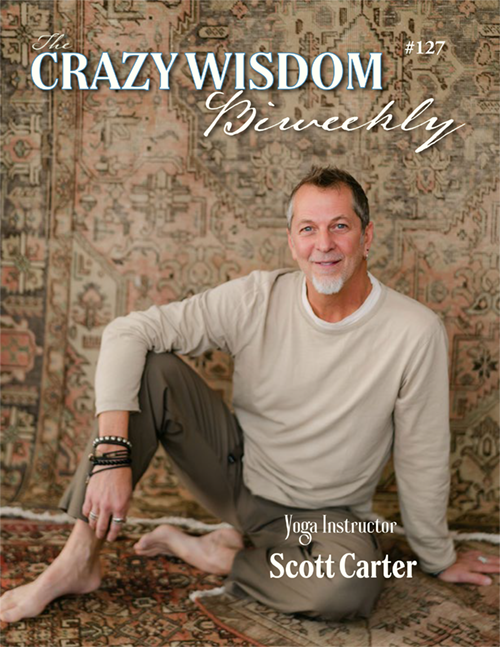
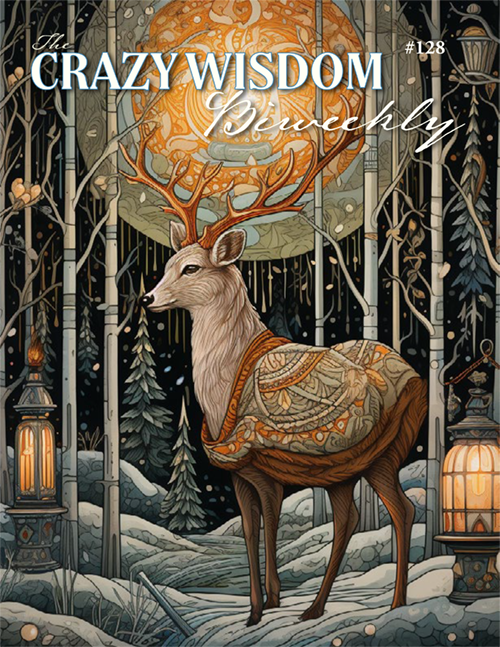
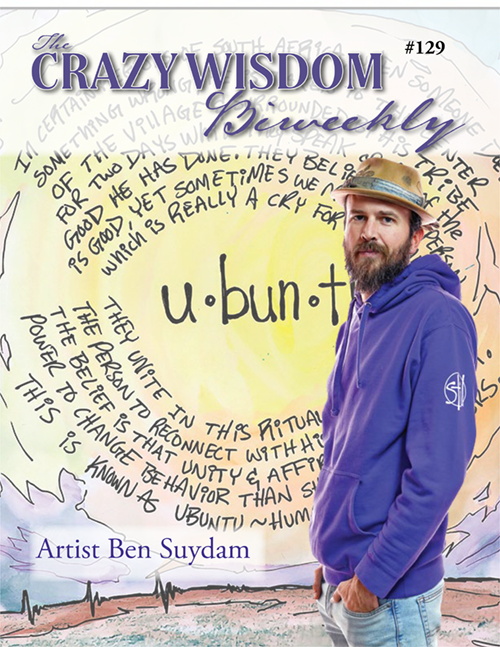
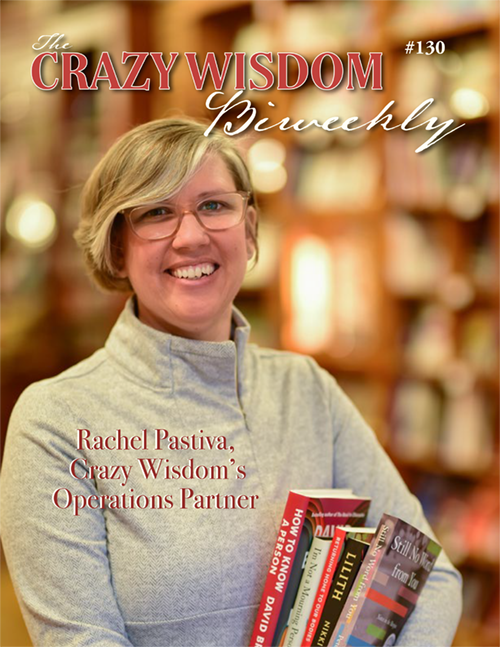
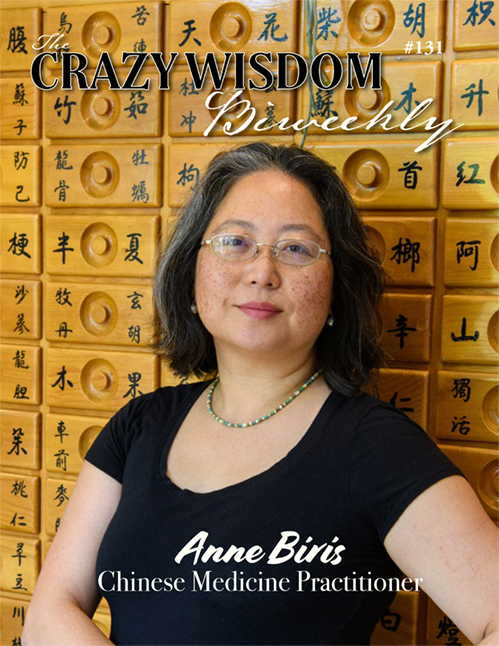
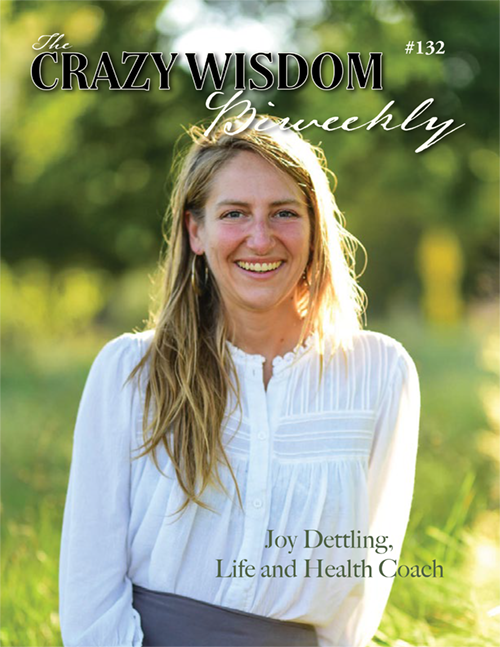
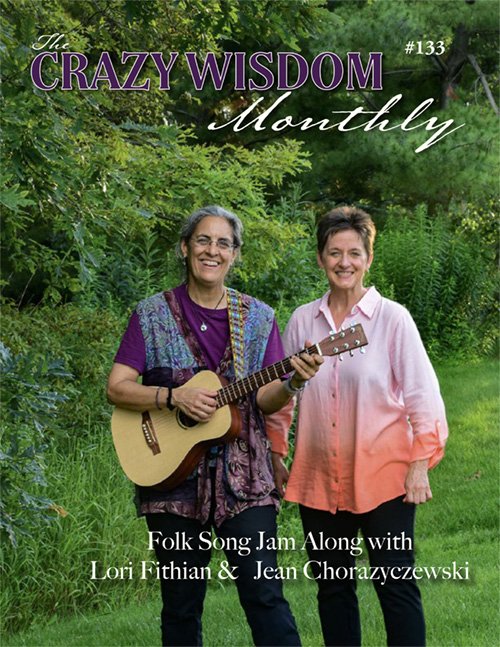












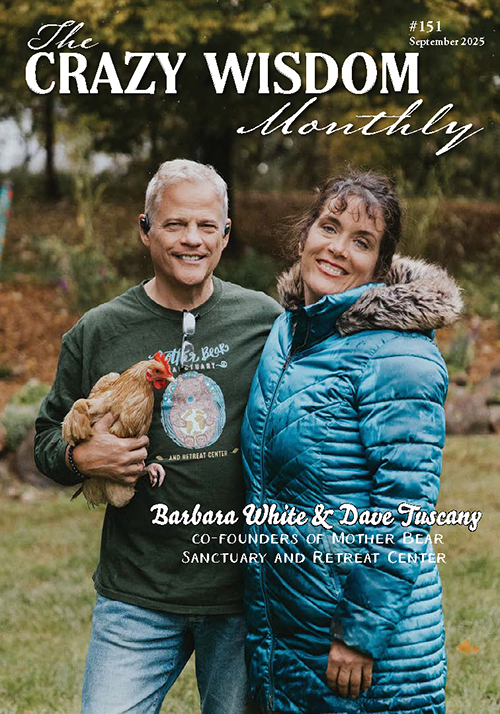
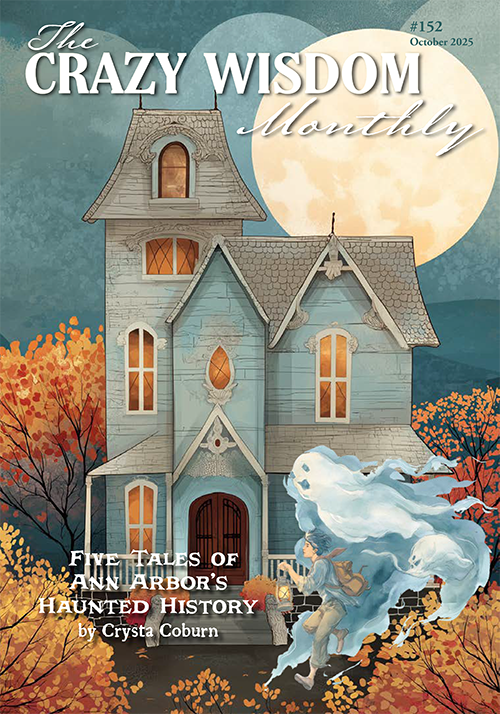
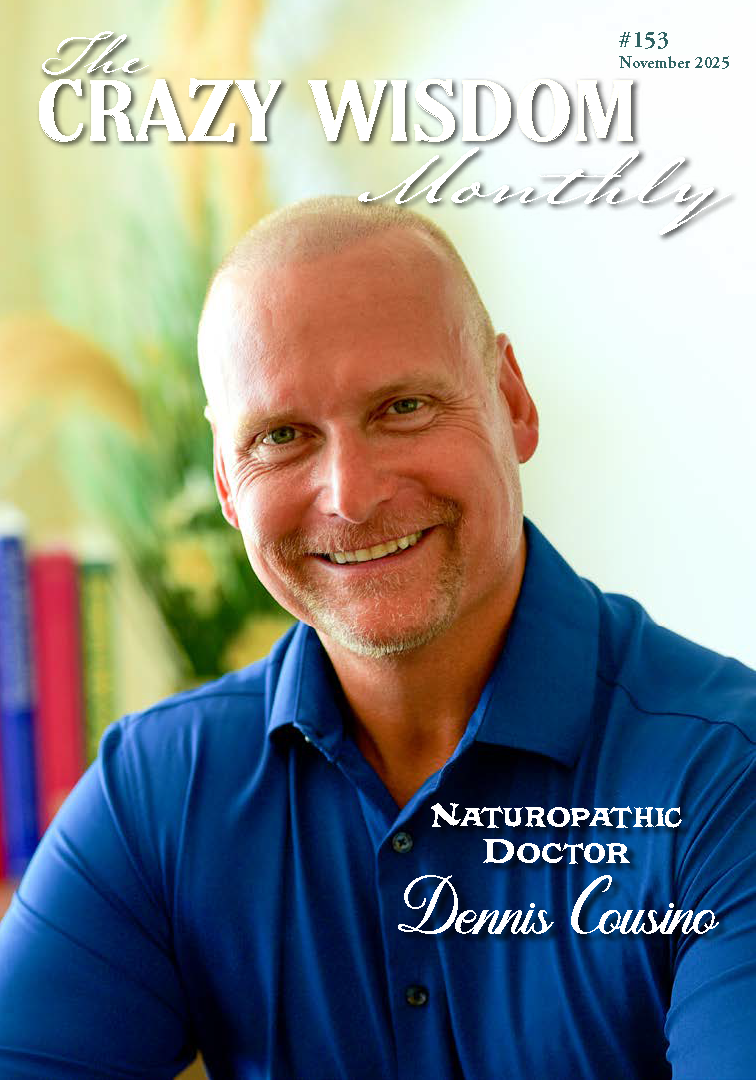
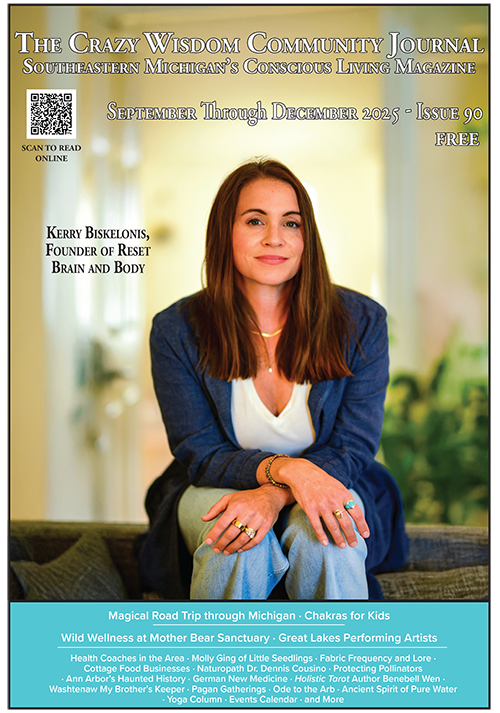







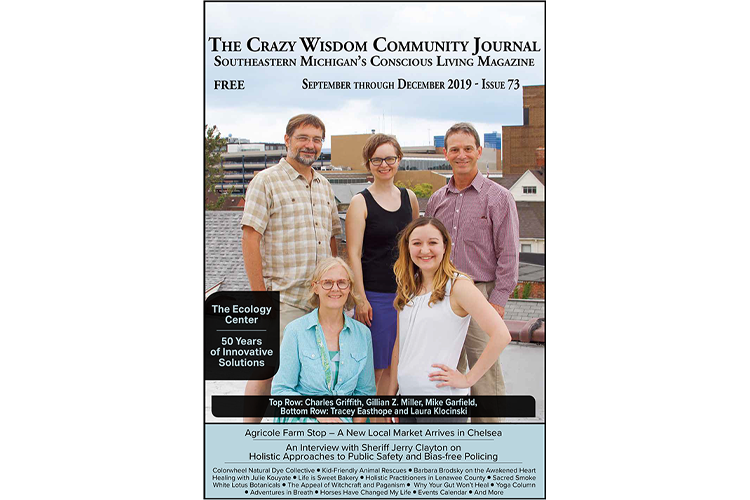
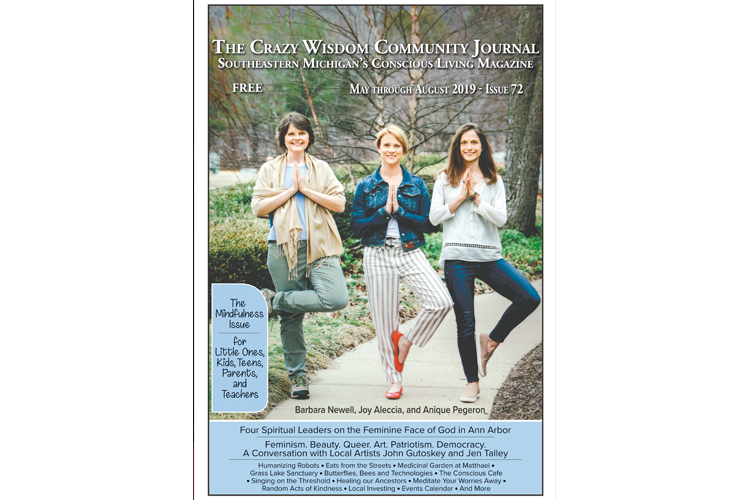
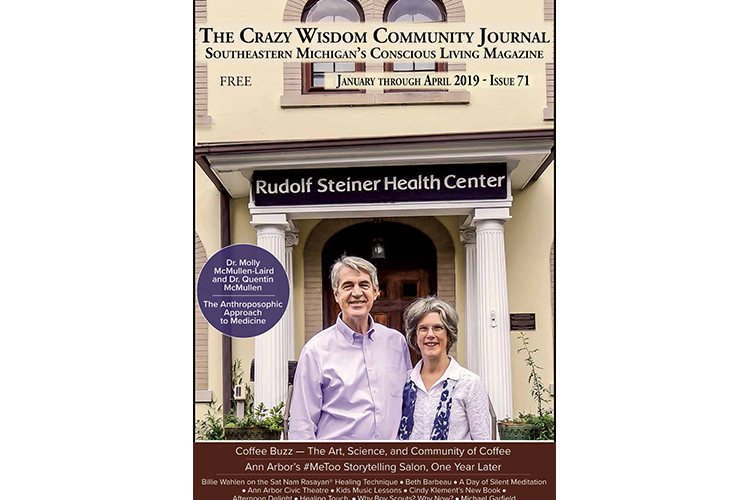
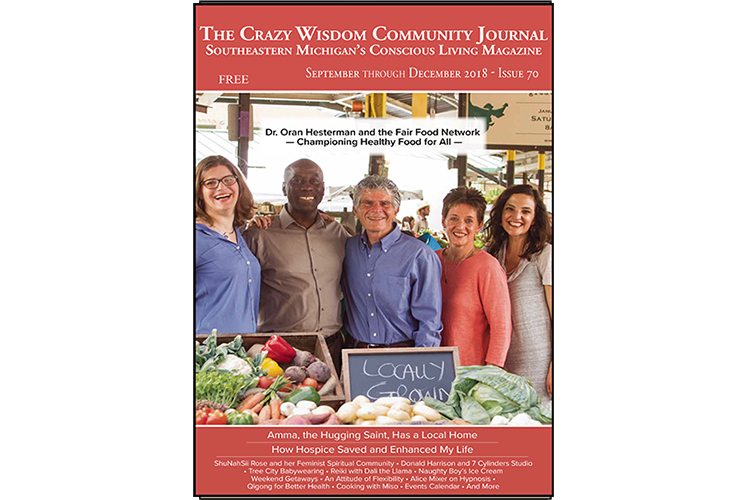
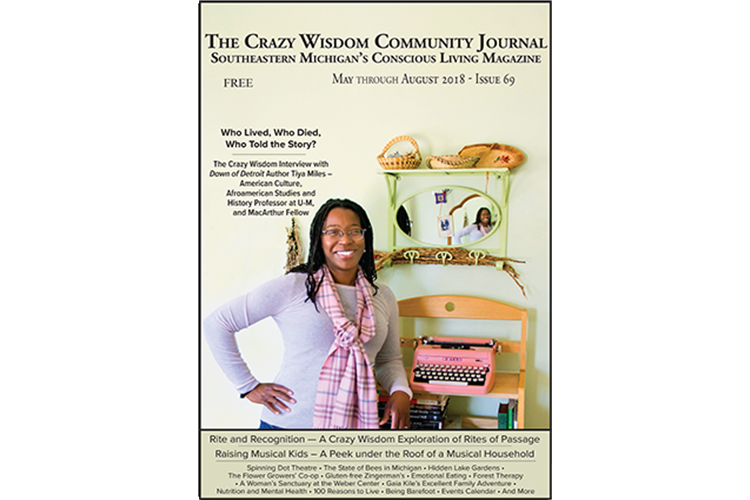

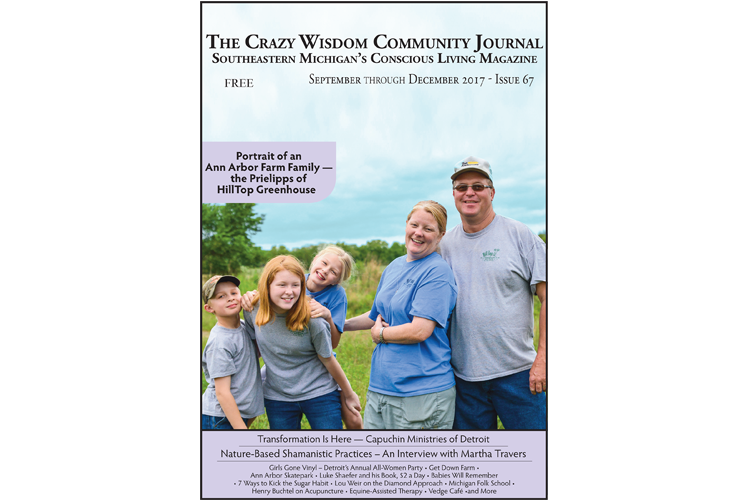
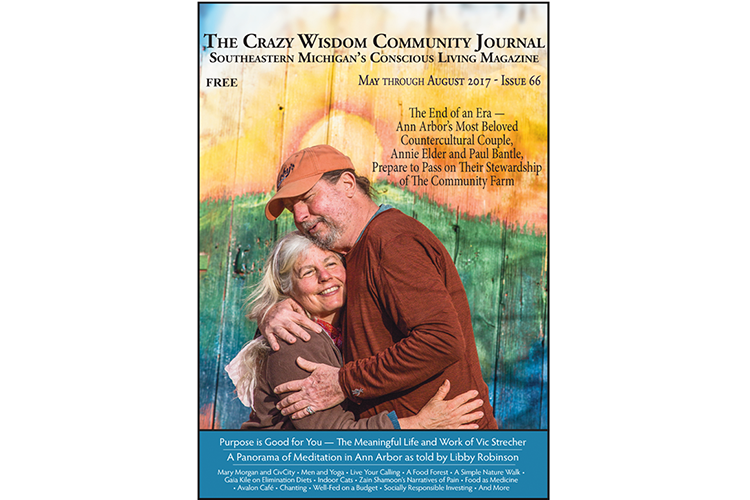
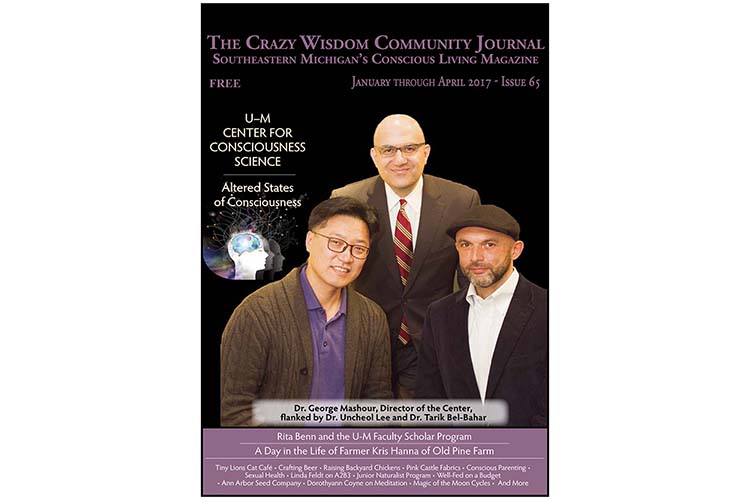
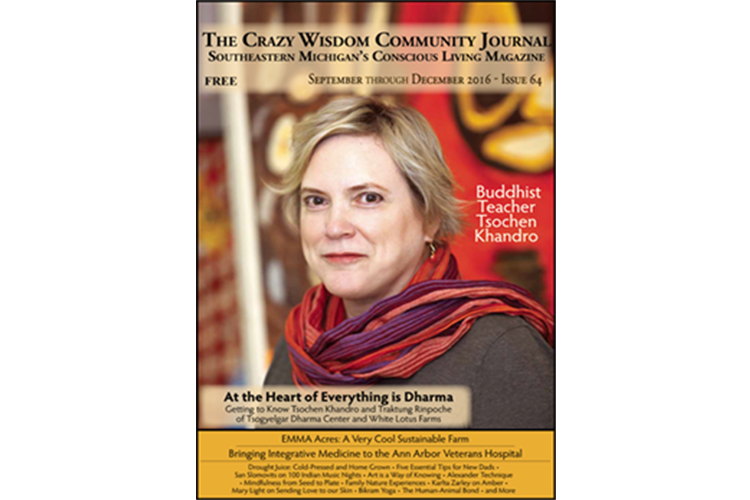
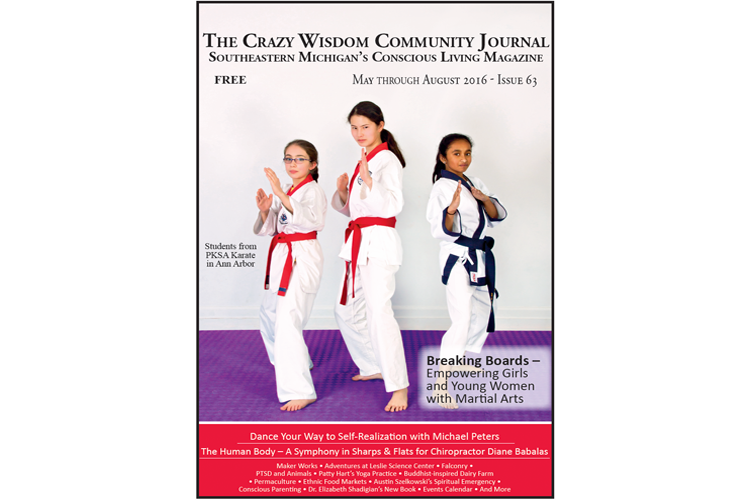
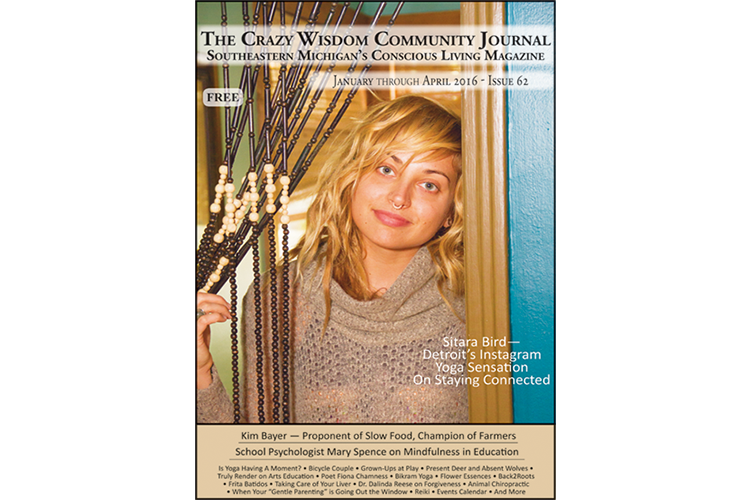




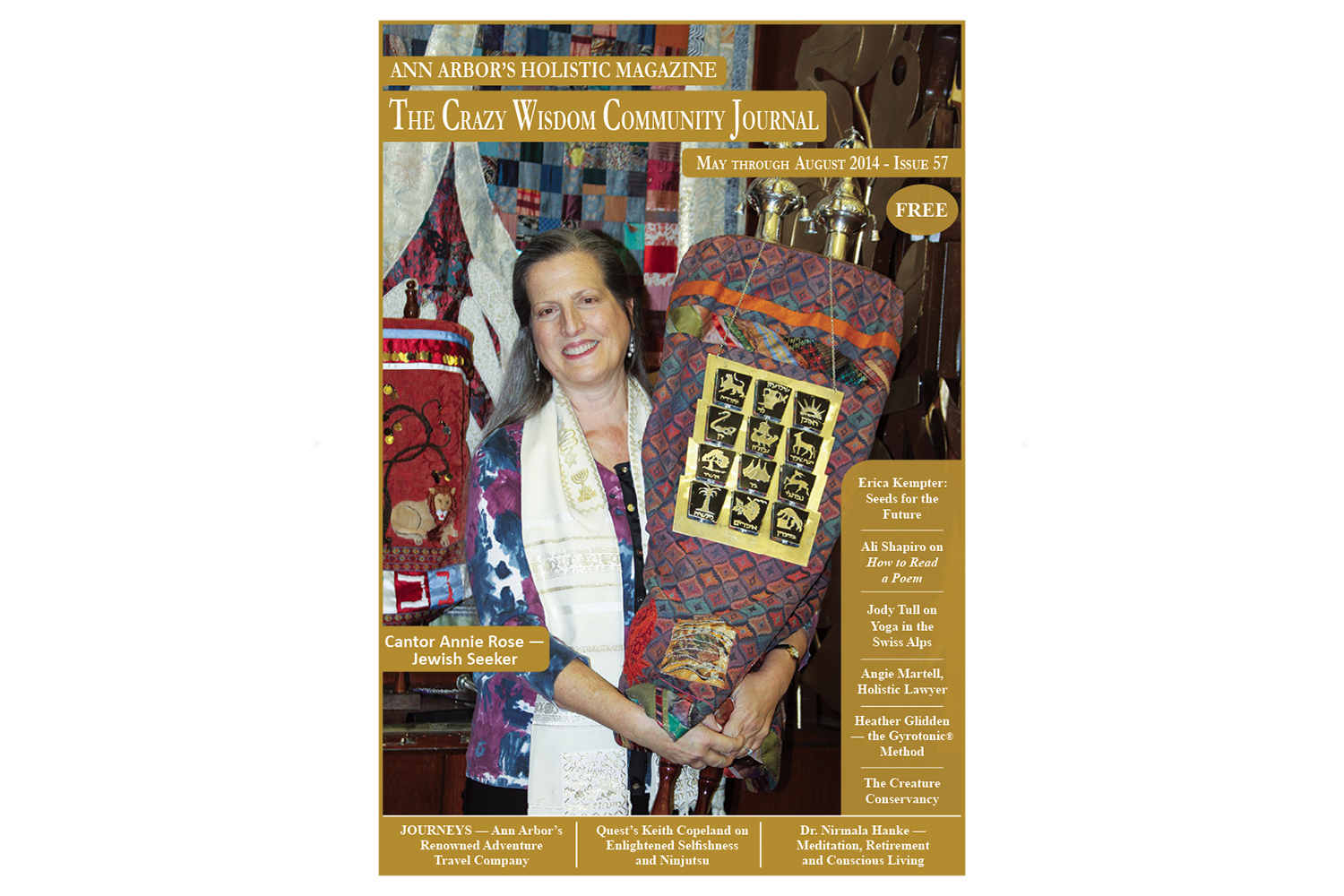
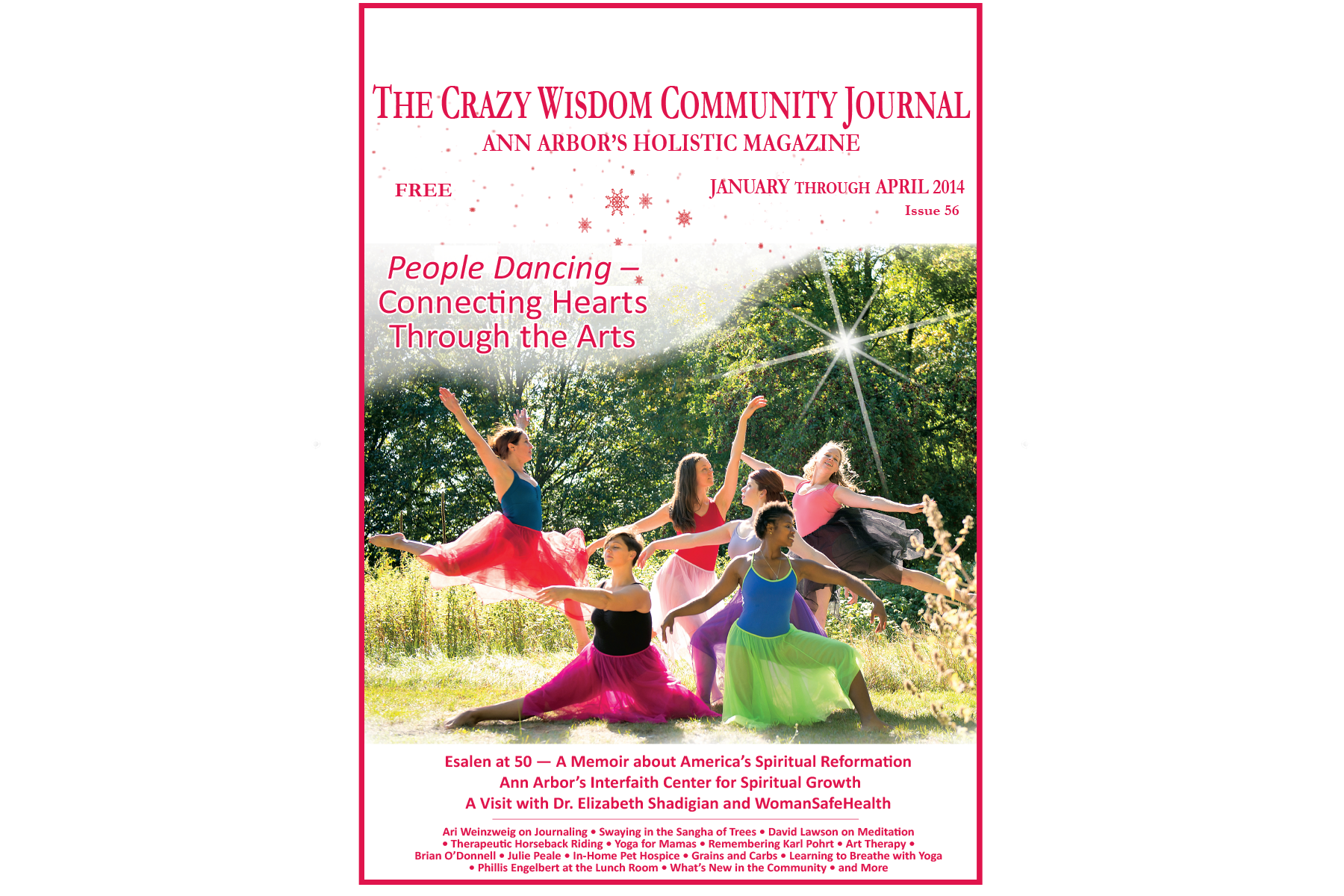
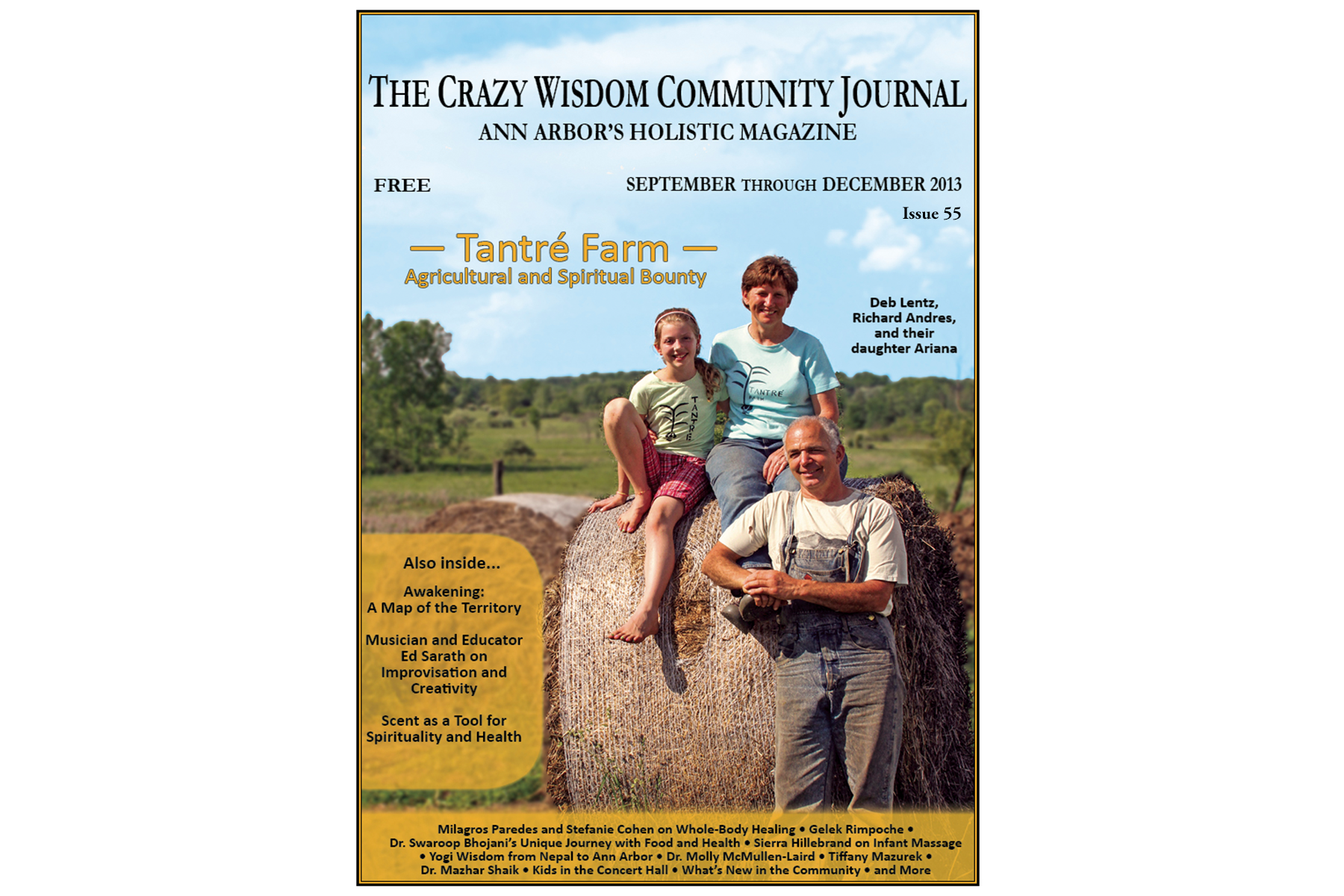
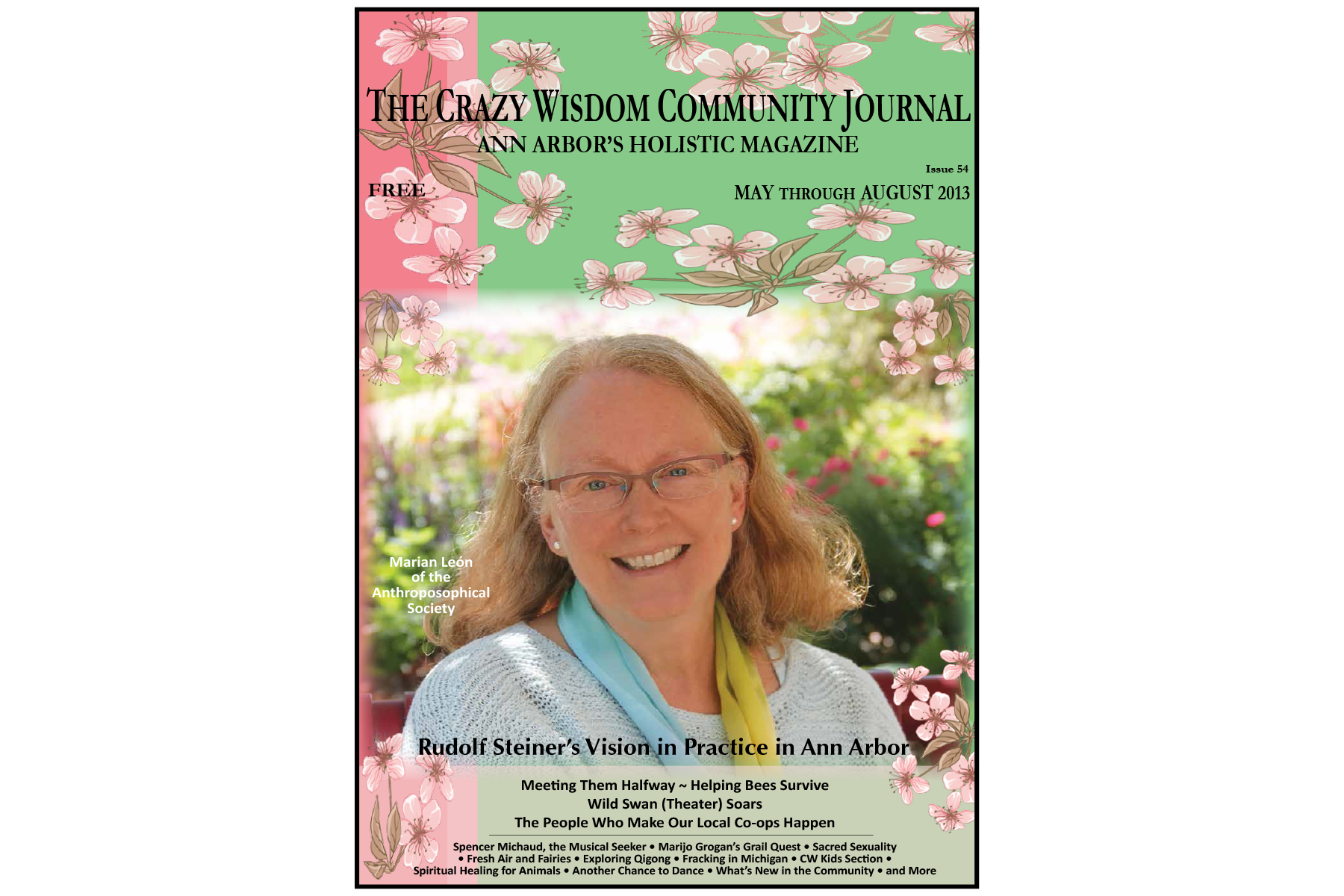
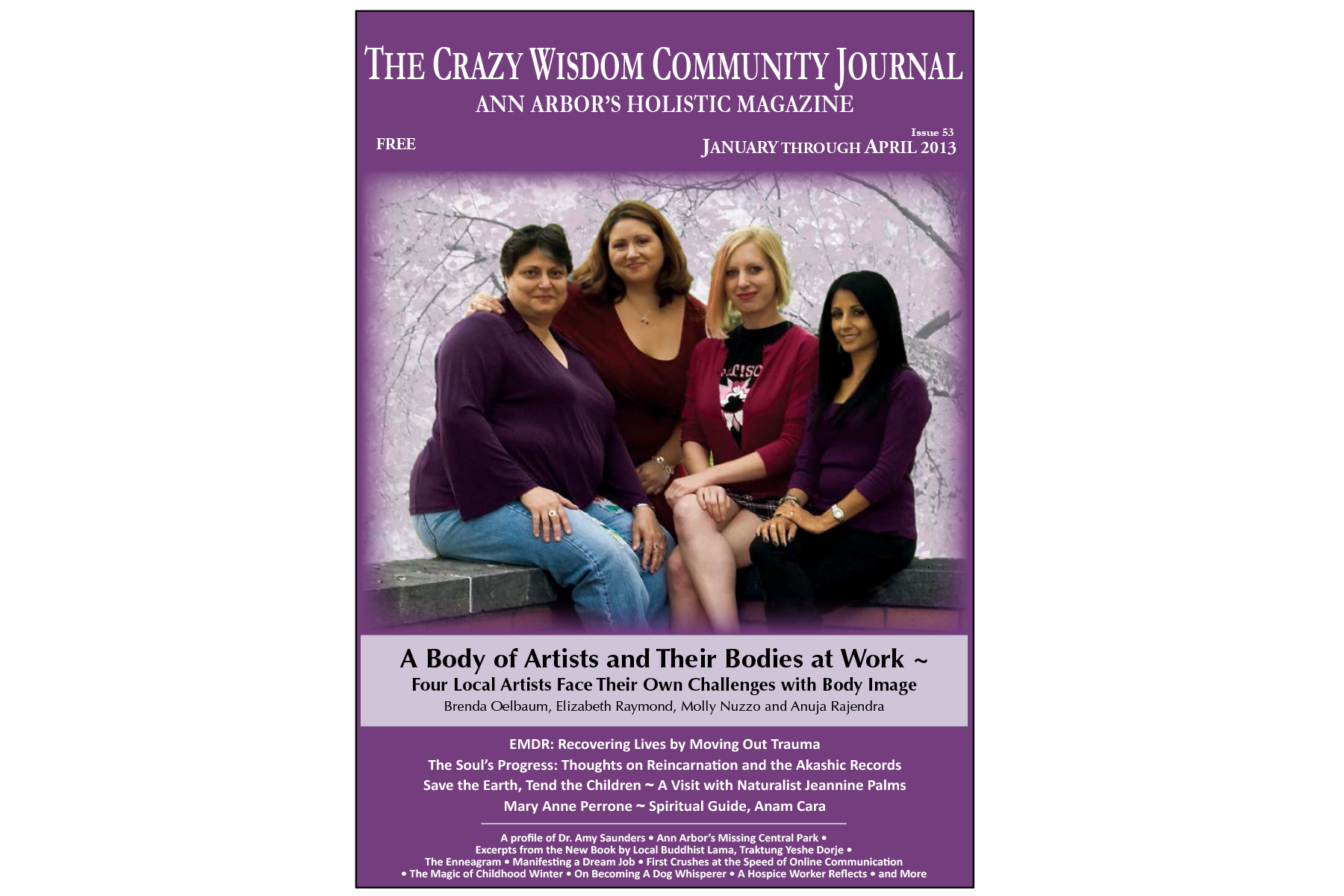
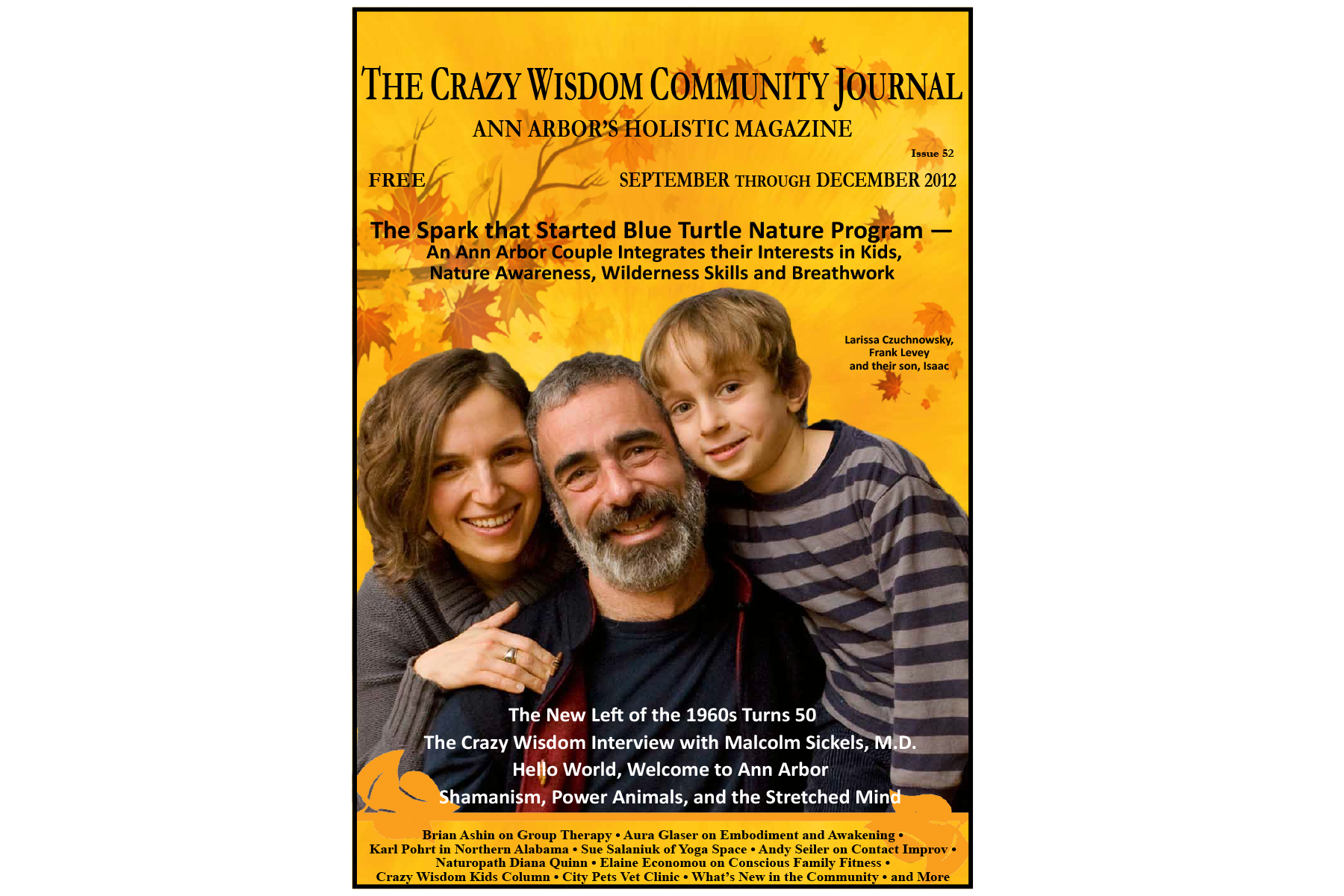
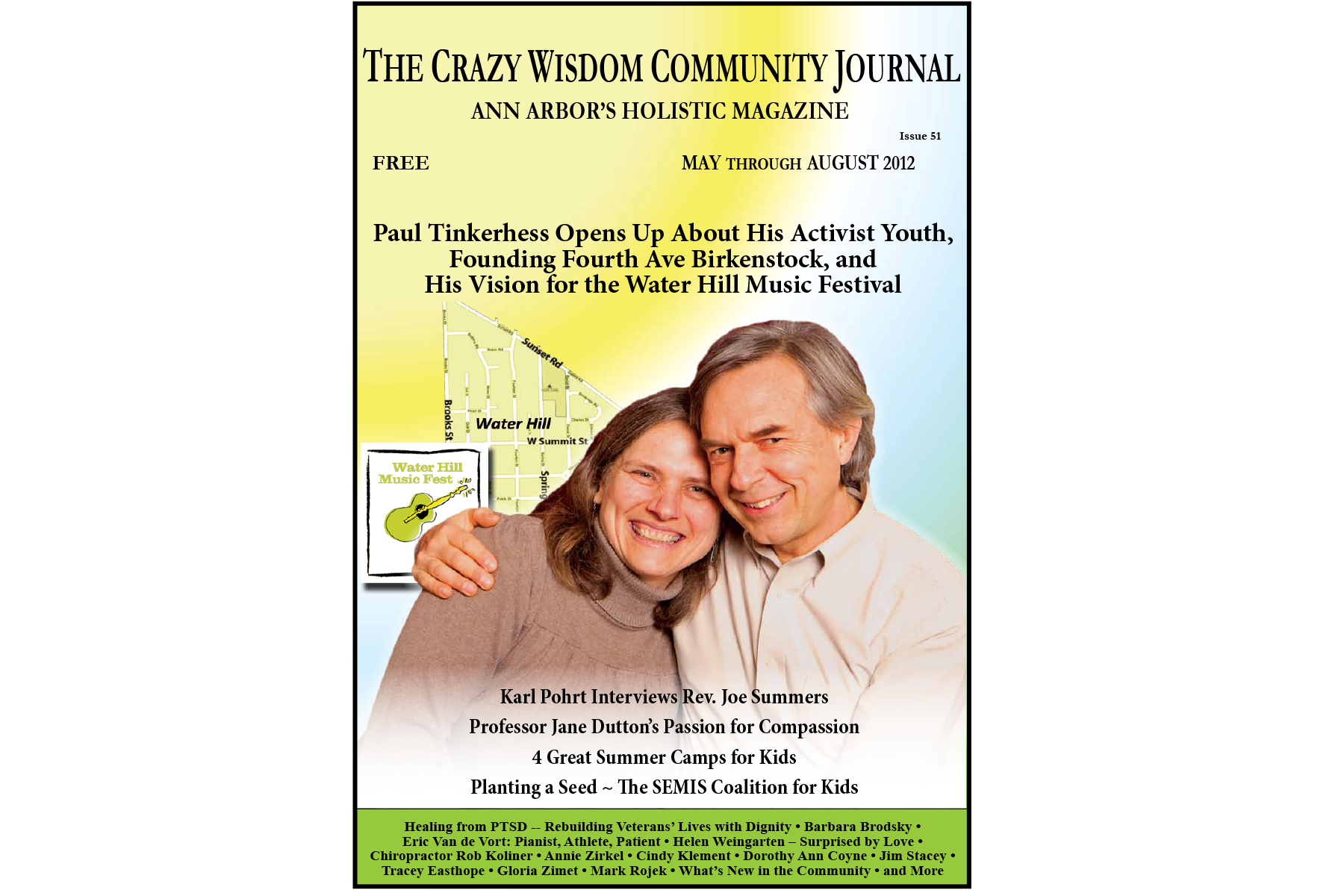

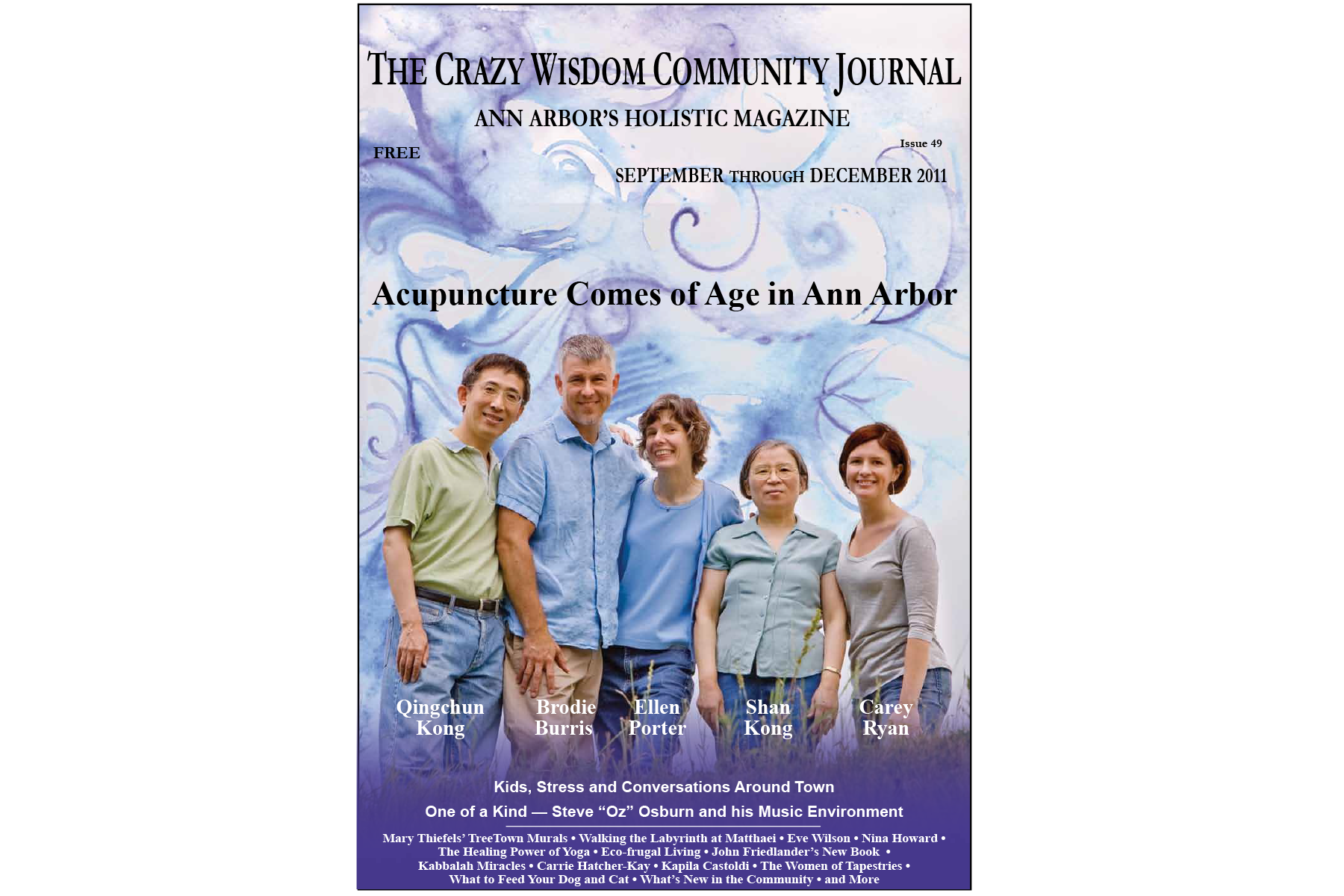
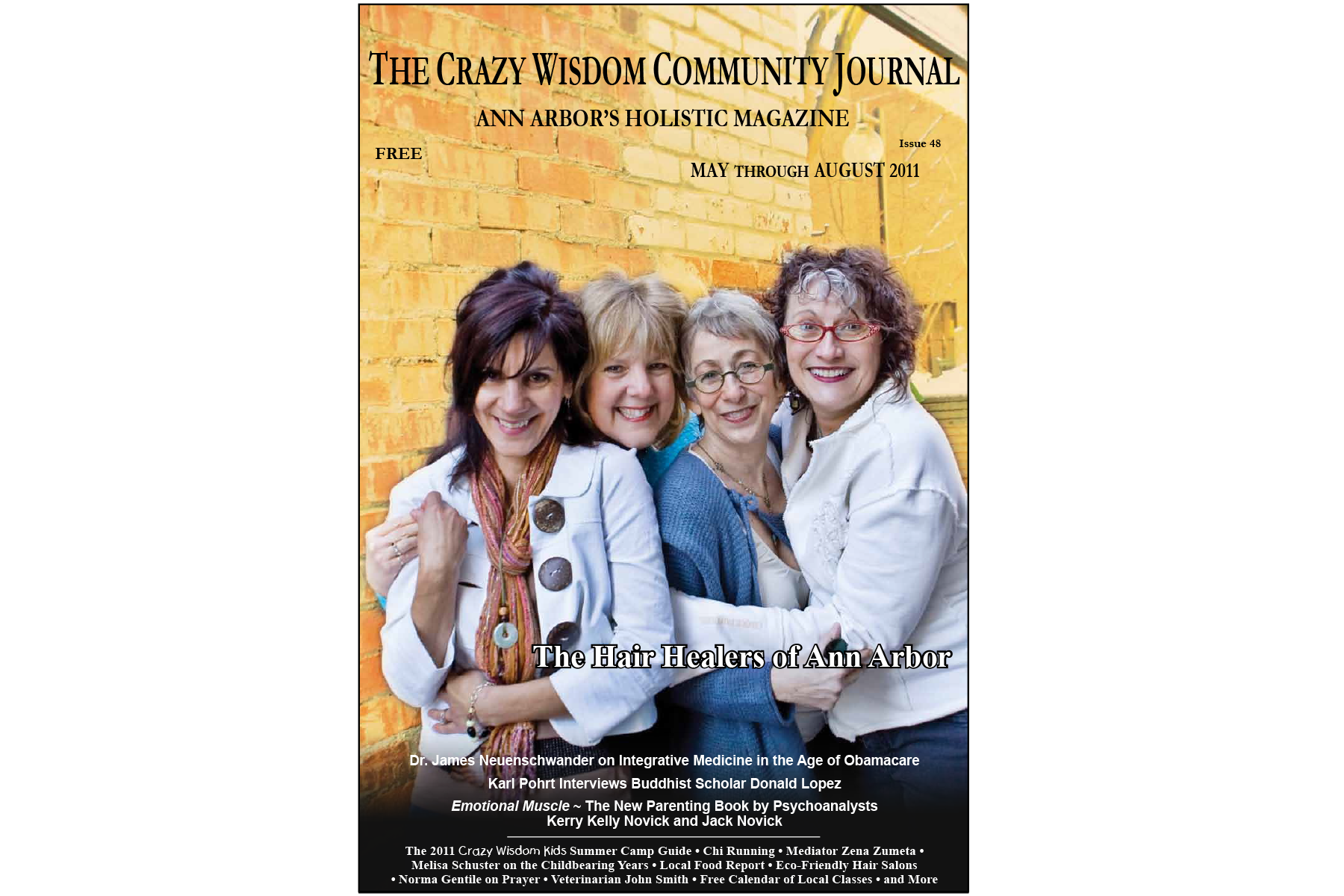
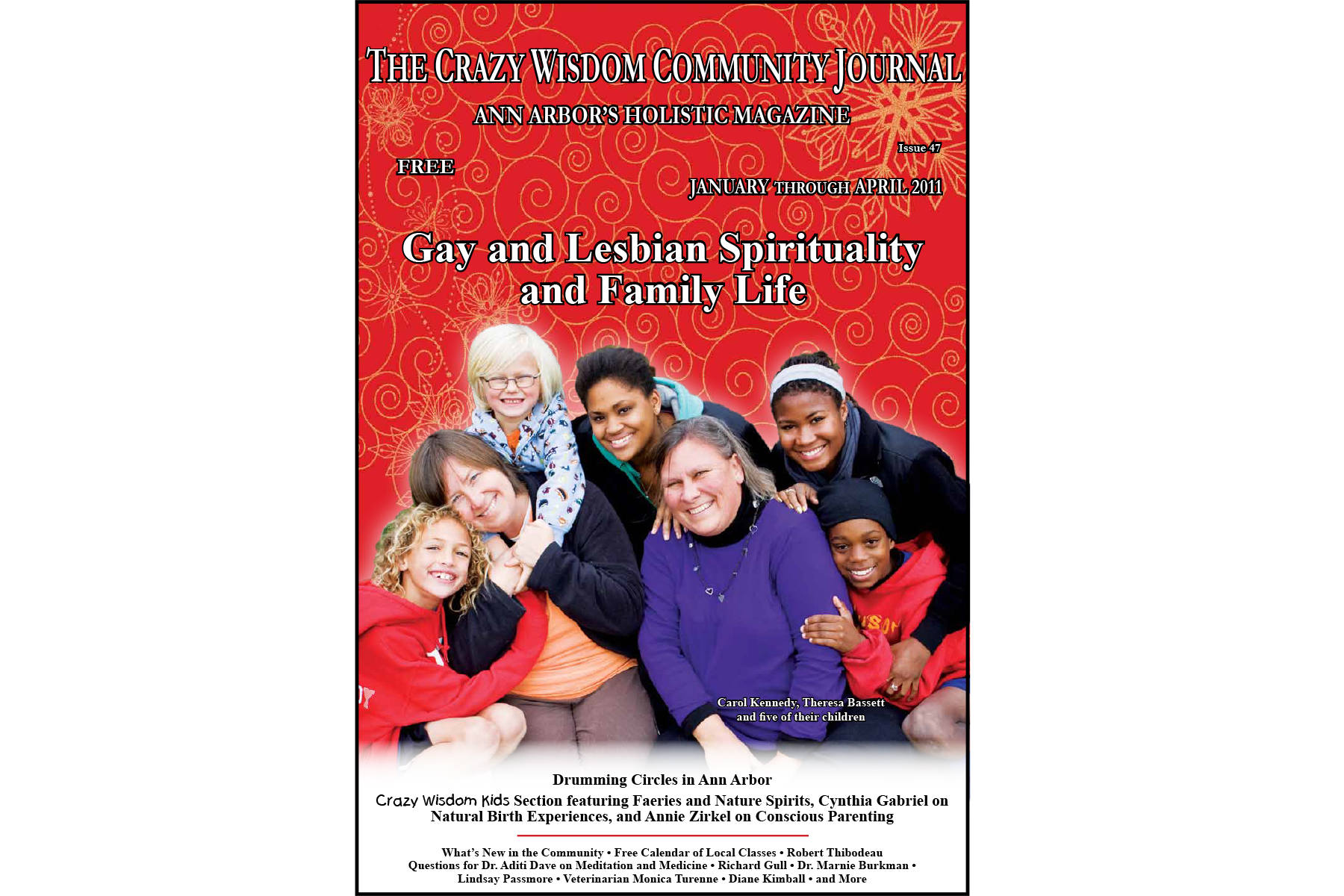
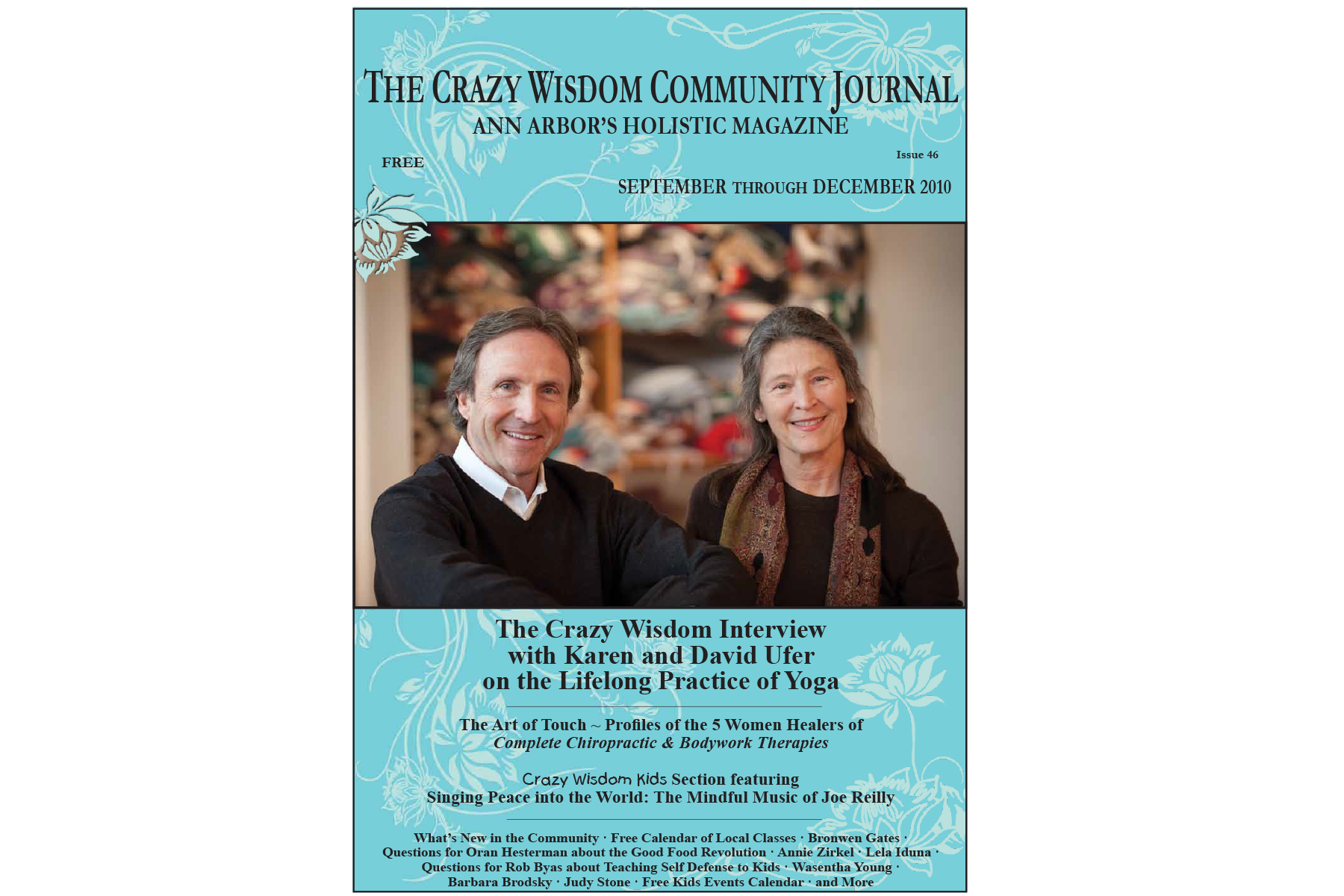
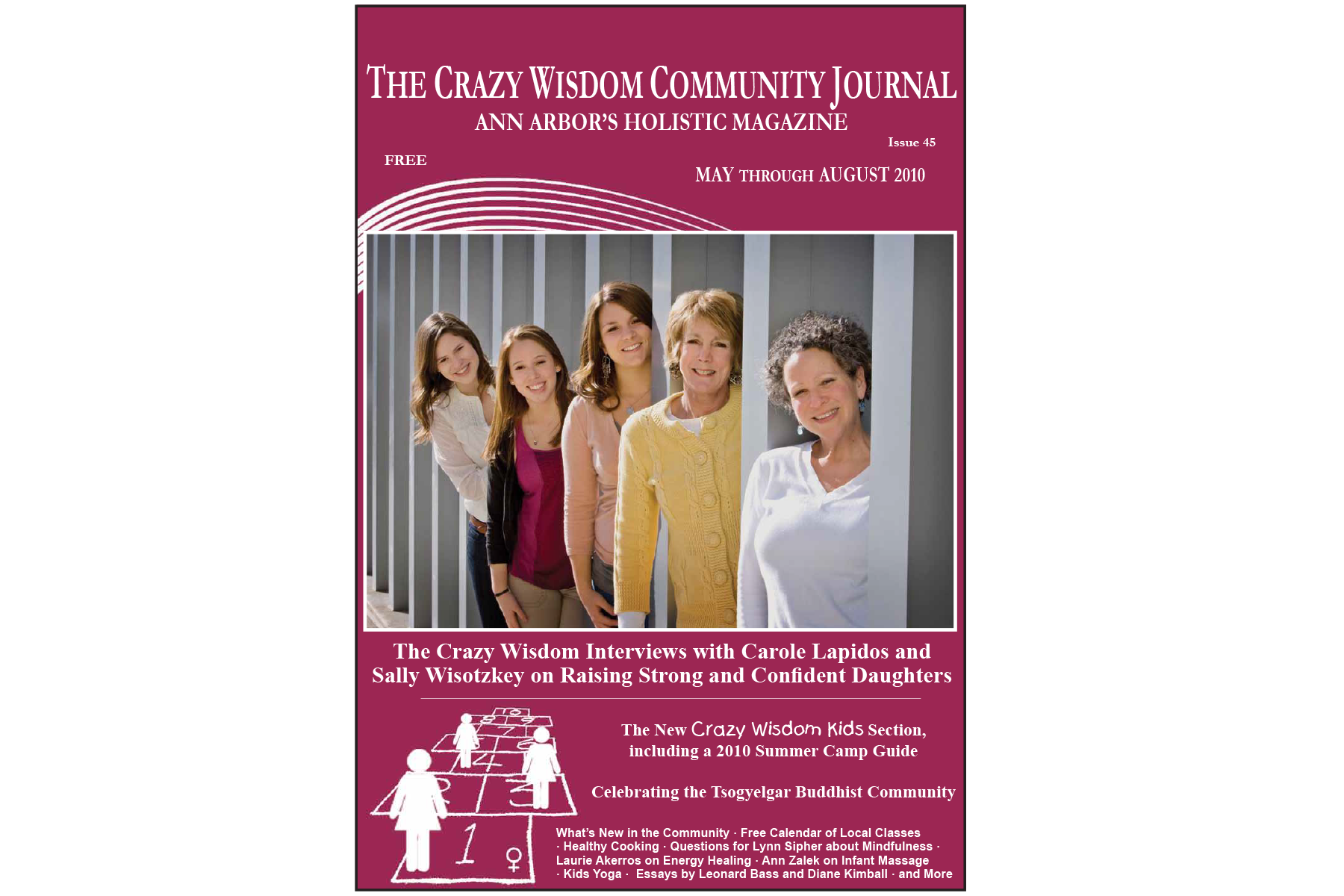
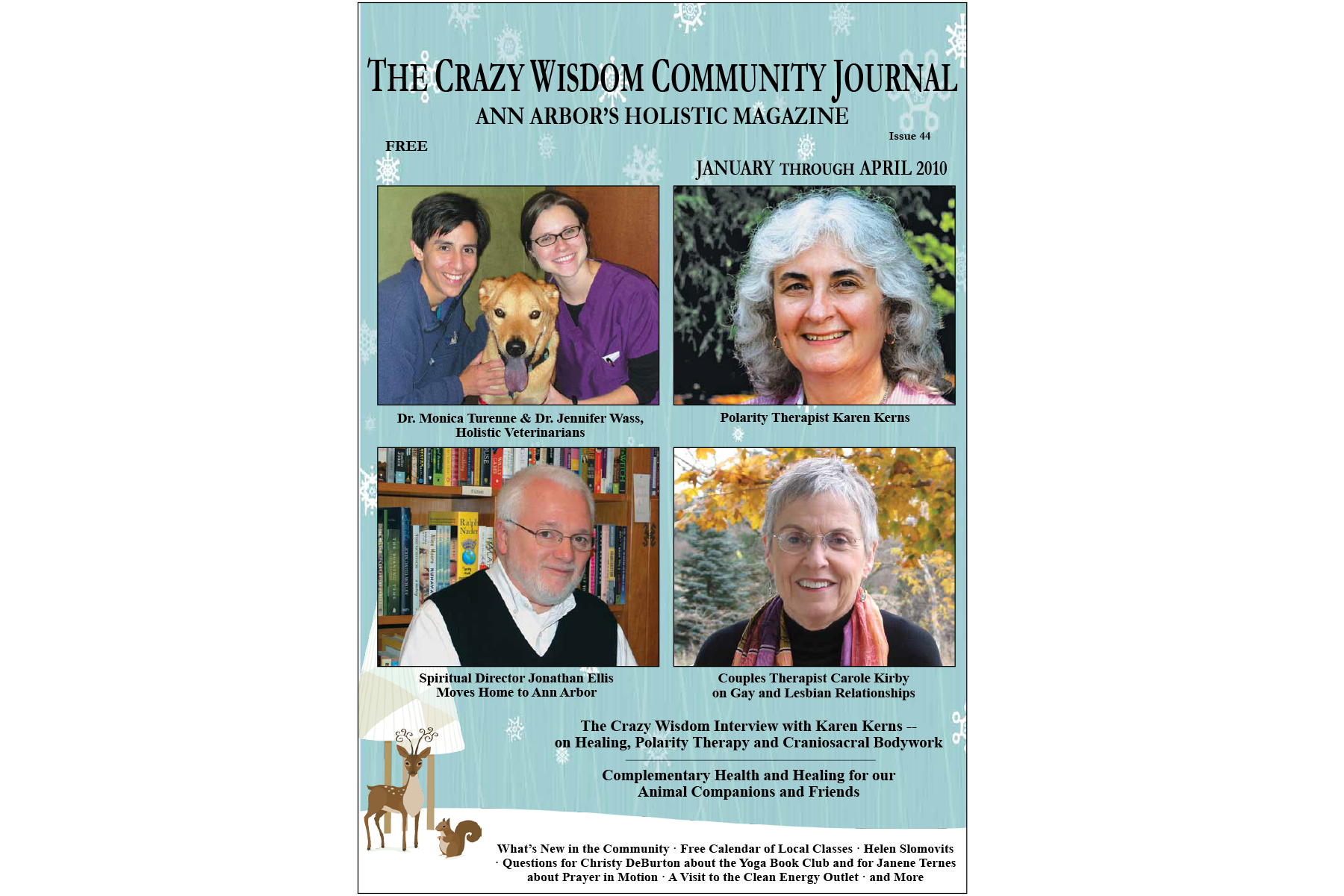



Buddhists comprise only around 1% of the U.S. population, yet Buddhism has exercised a disproportionate influence on American culture, especially since the end of World War II. Buddhist images, whether of Shakyamuni or Tibetan mandalas, seem ubiquitous. Buddhist-based mindfulness practices are taught in countless American institutions, from prisons, to schools, to hospitals. And influential cultural figures, including actor Richard Gere, composer Philip Glass, and poet Jane Hirshfield, speak openly of their Buddhist practice.